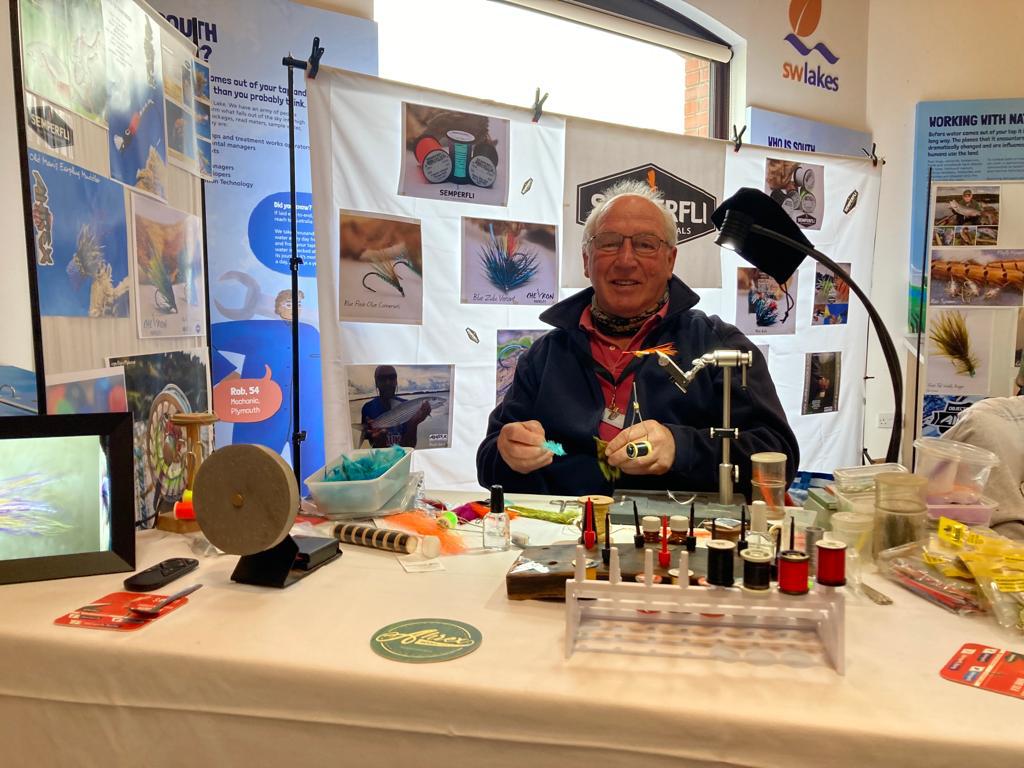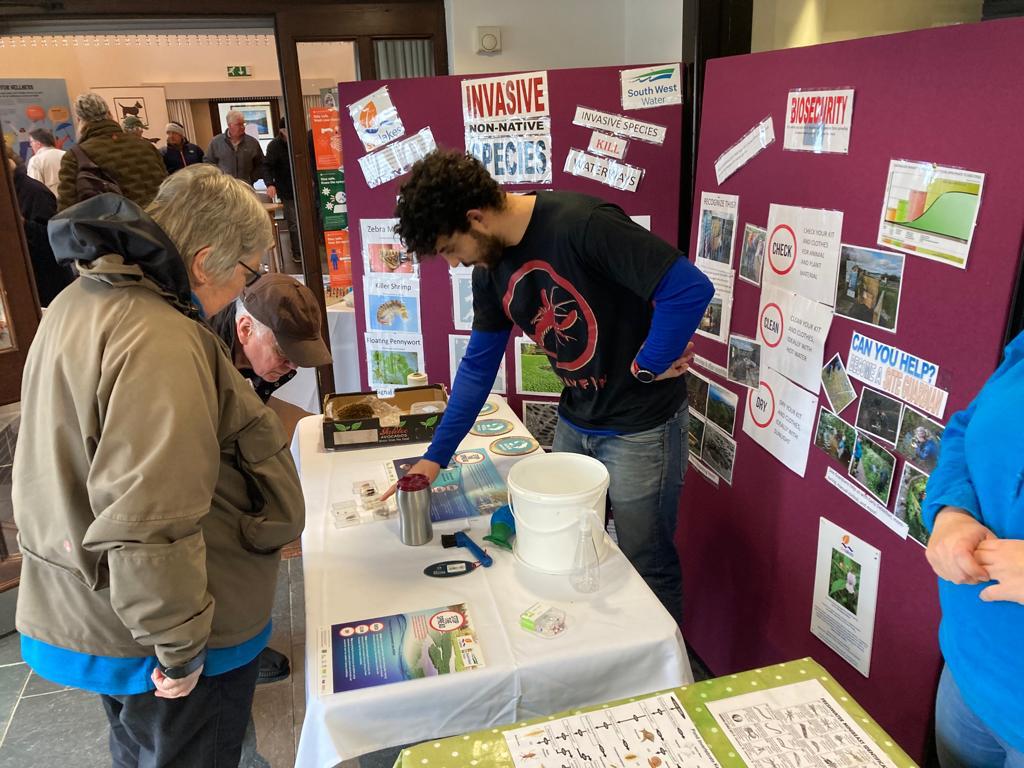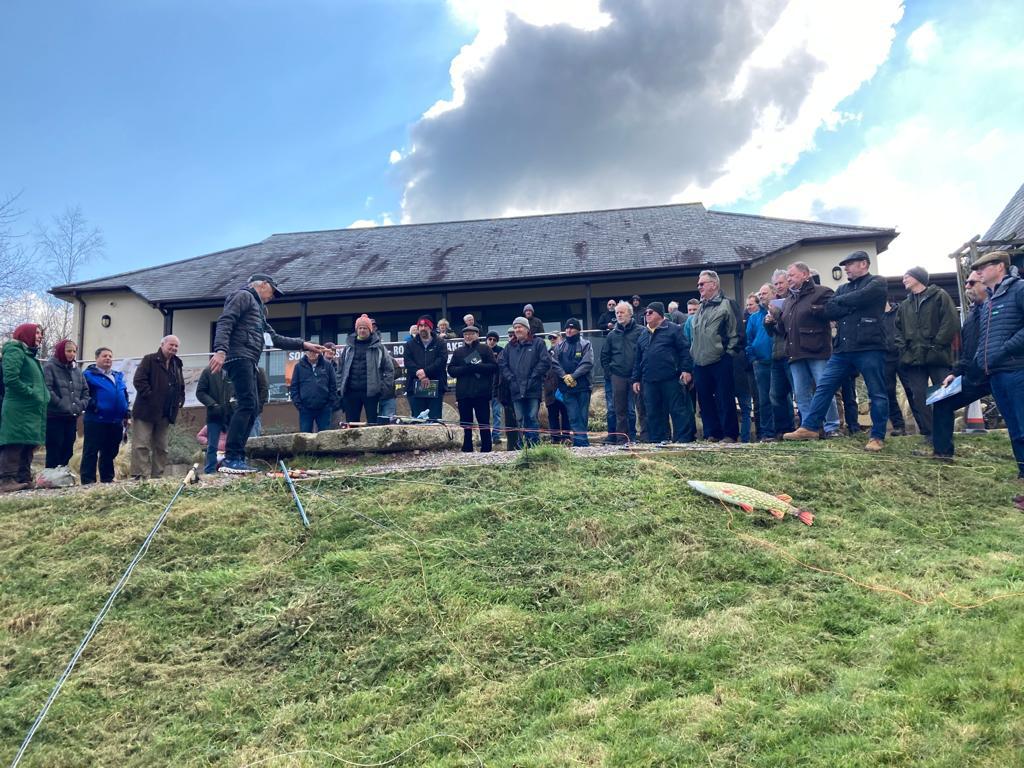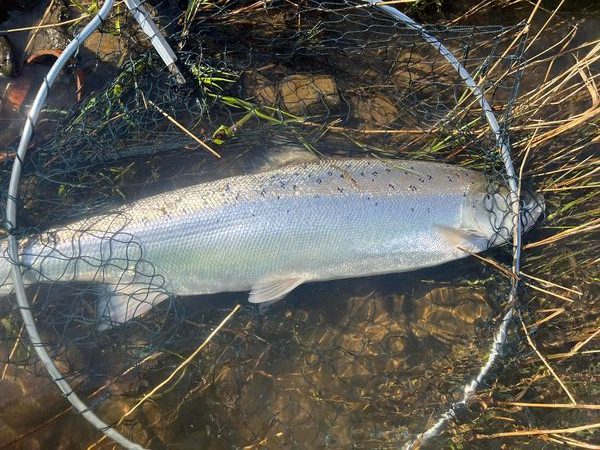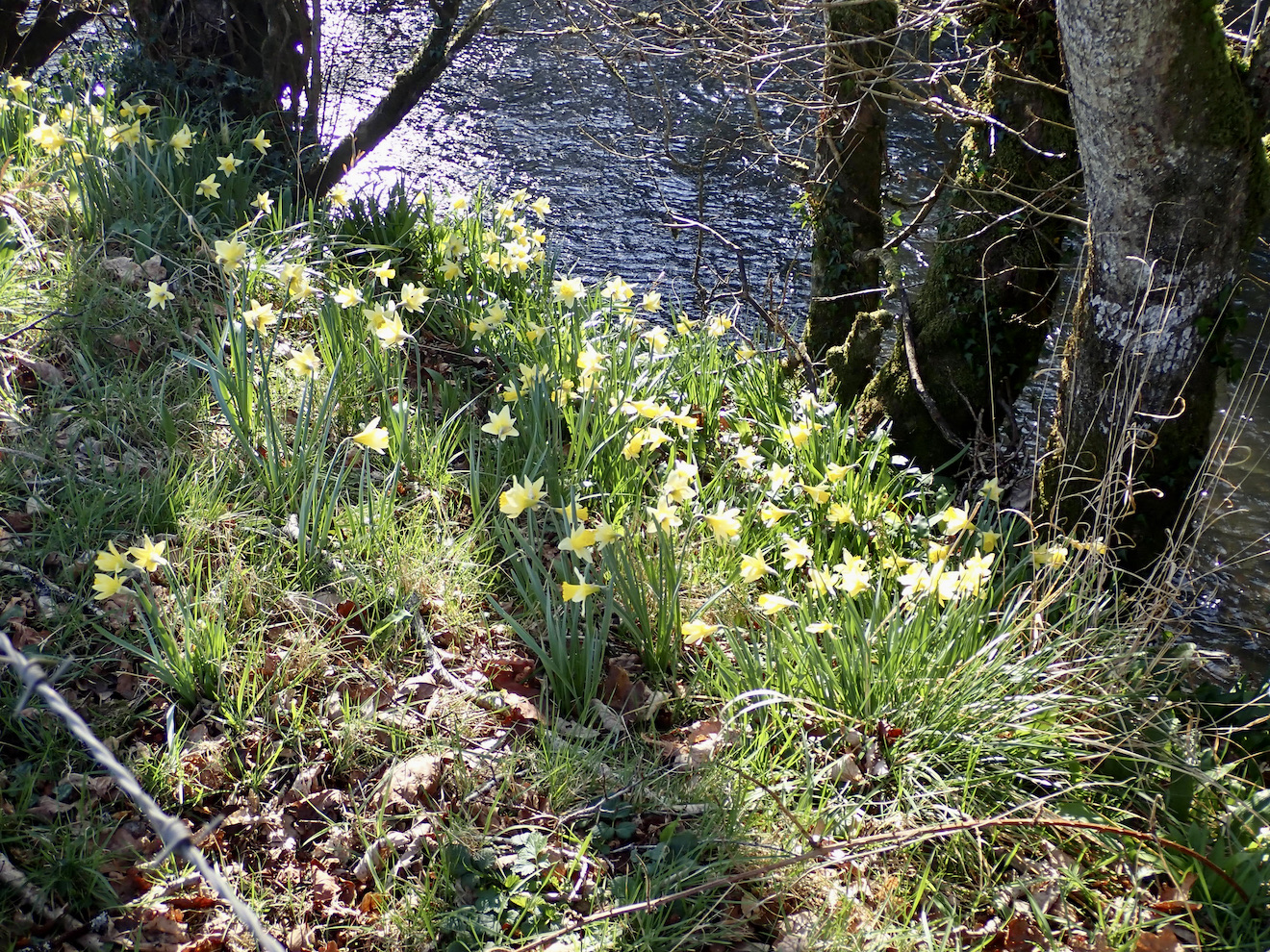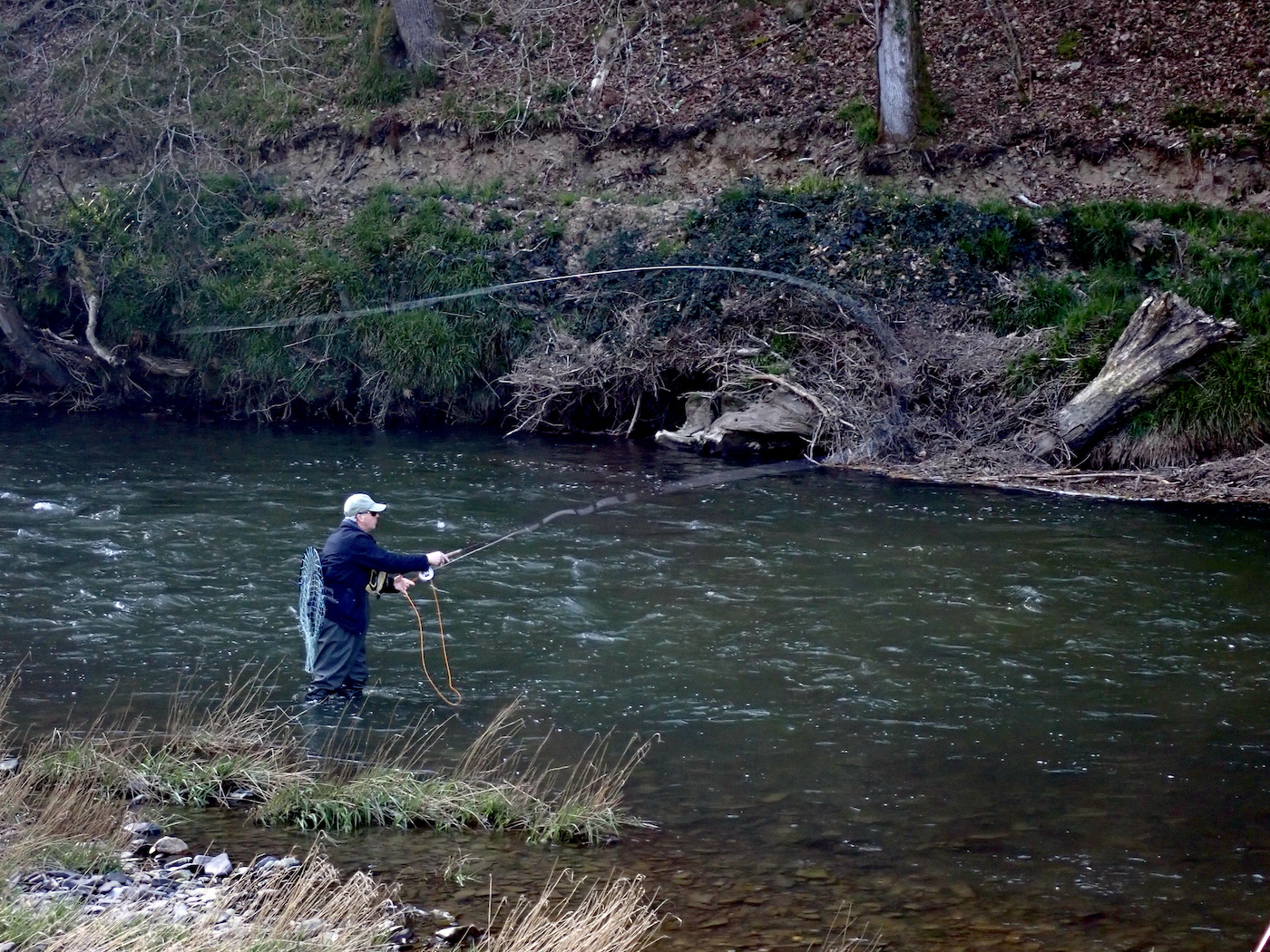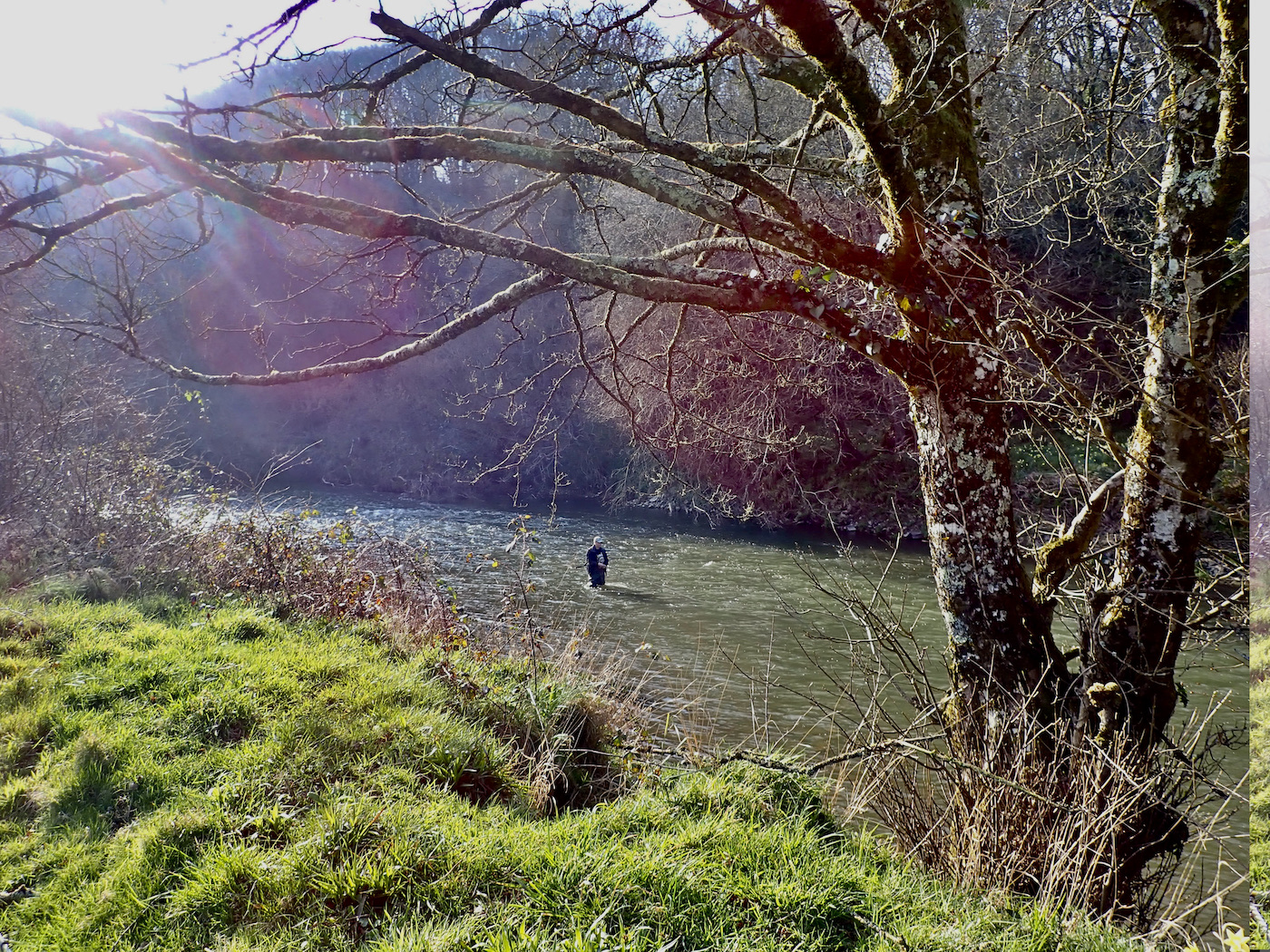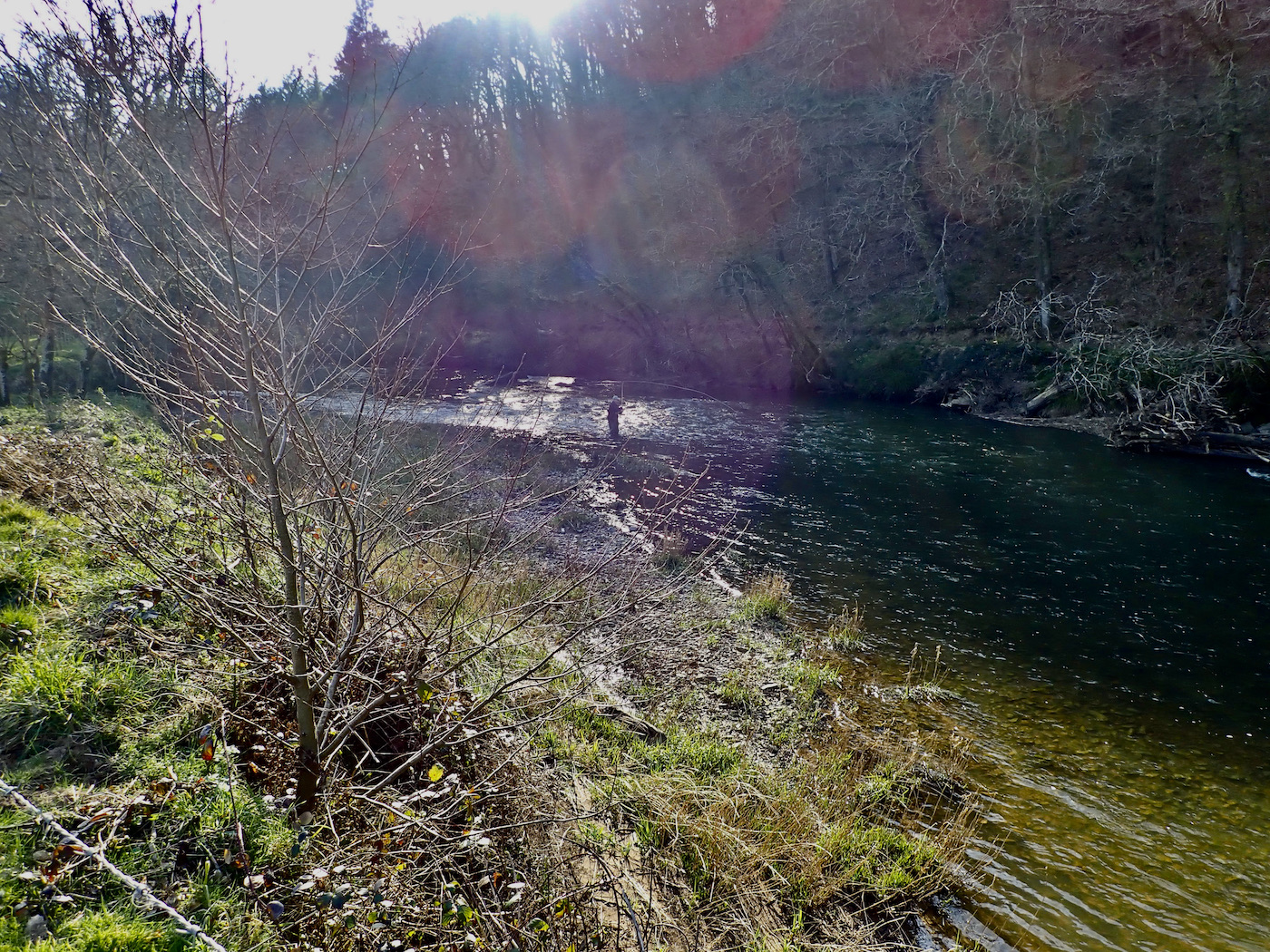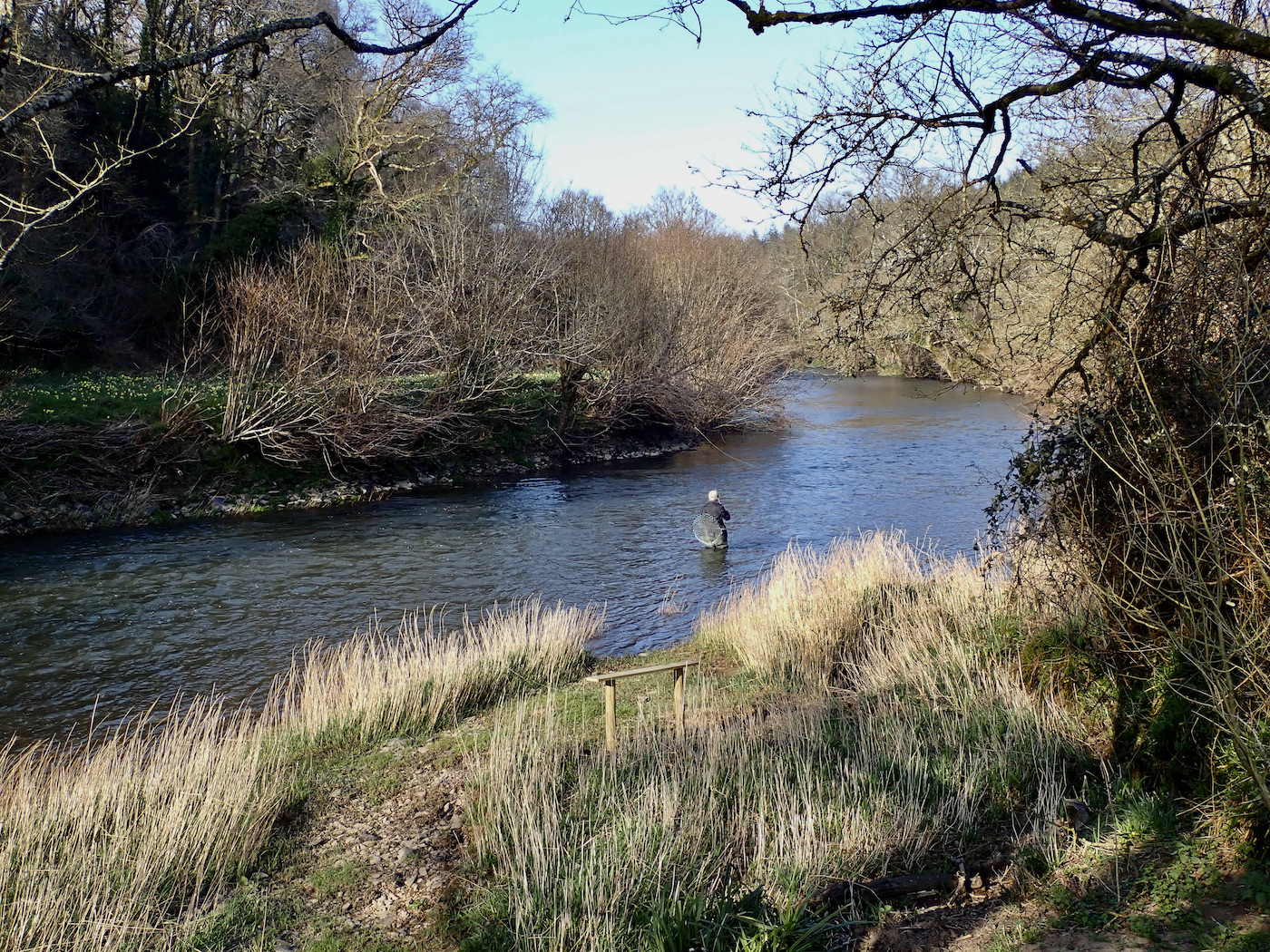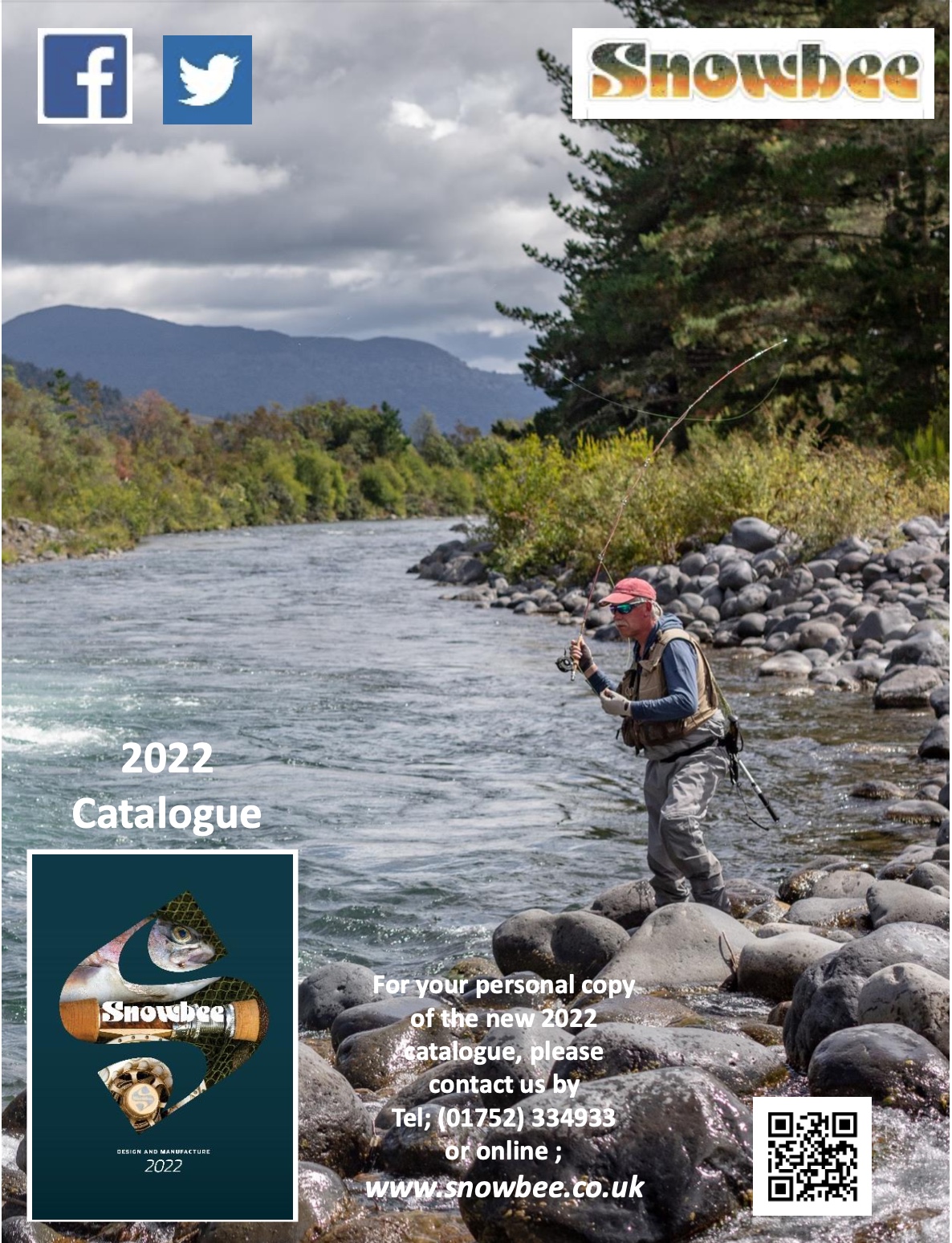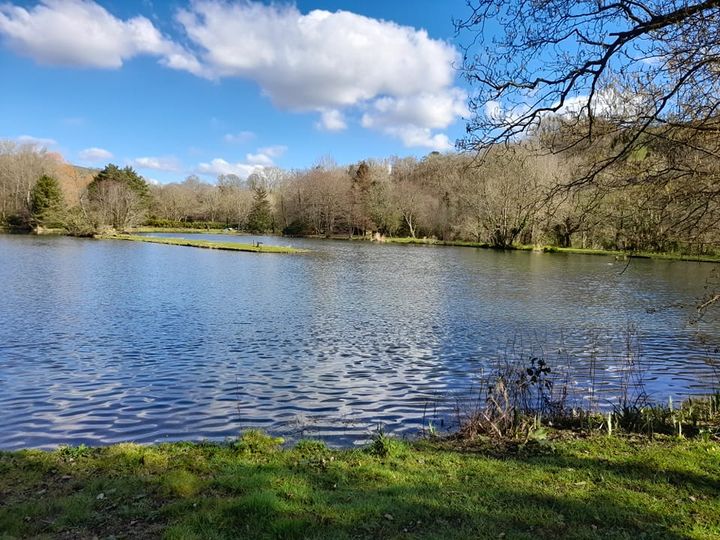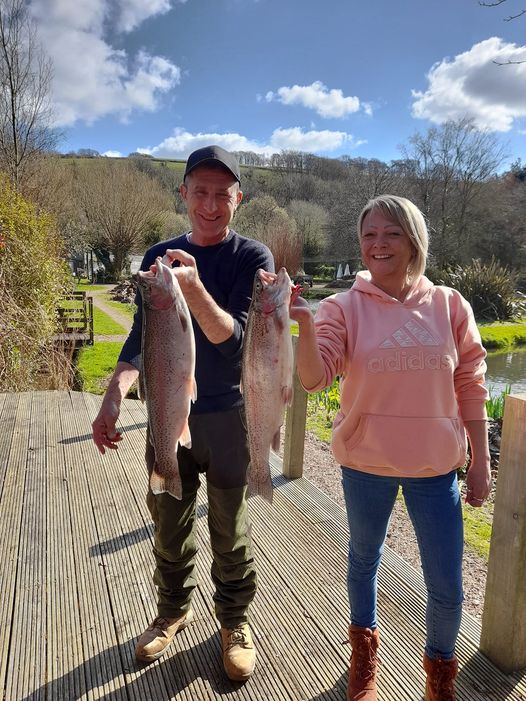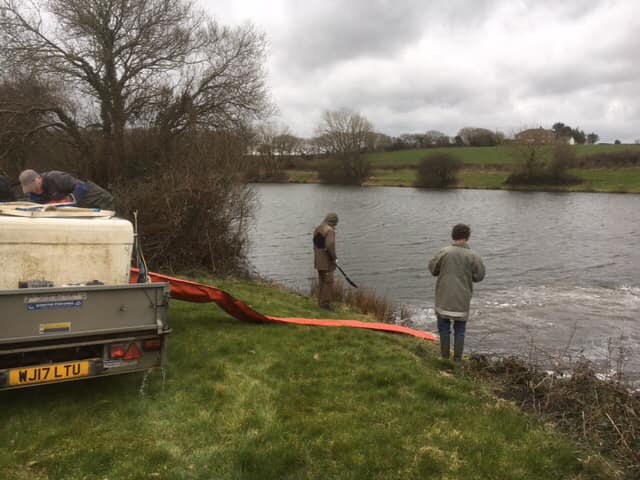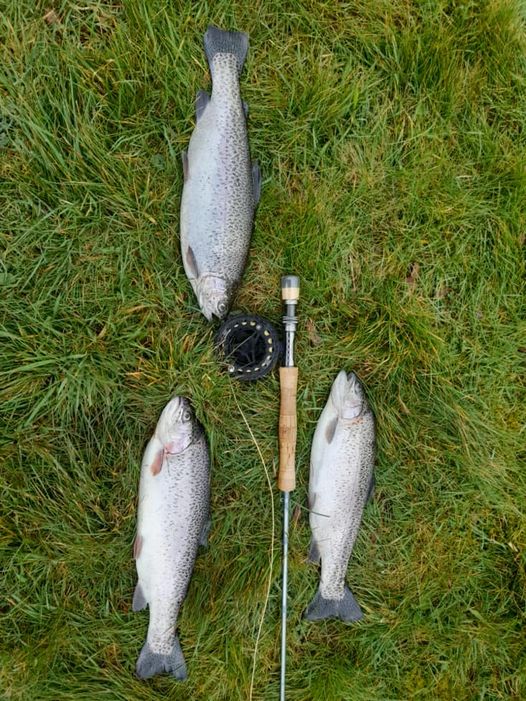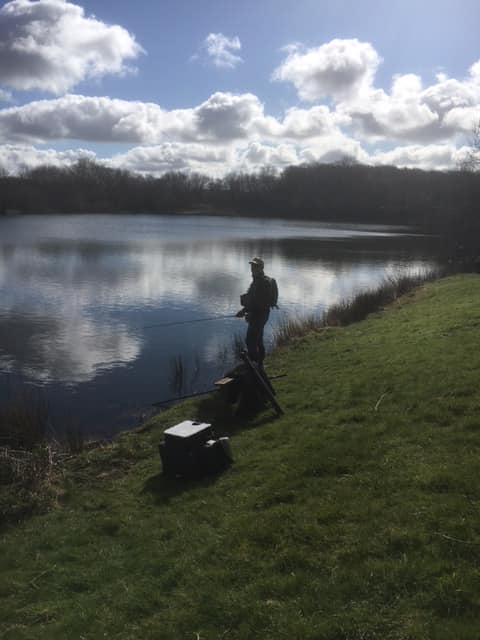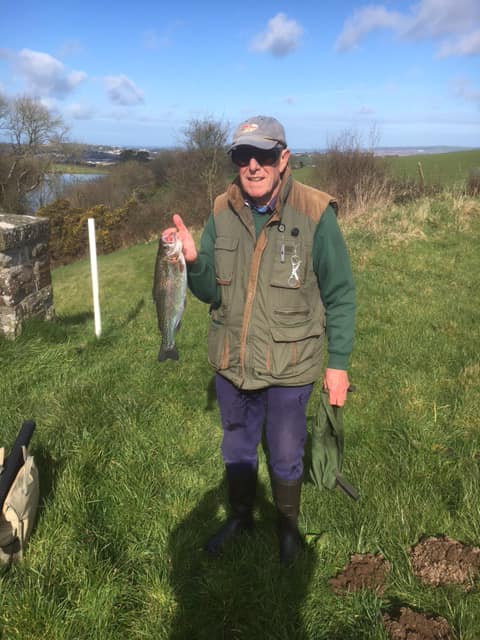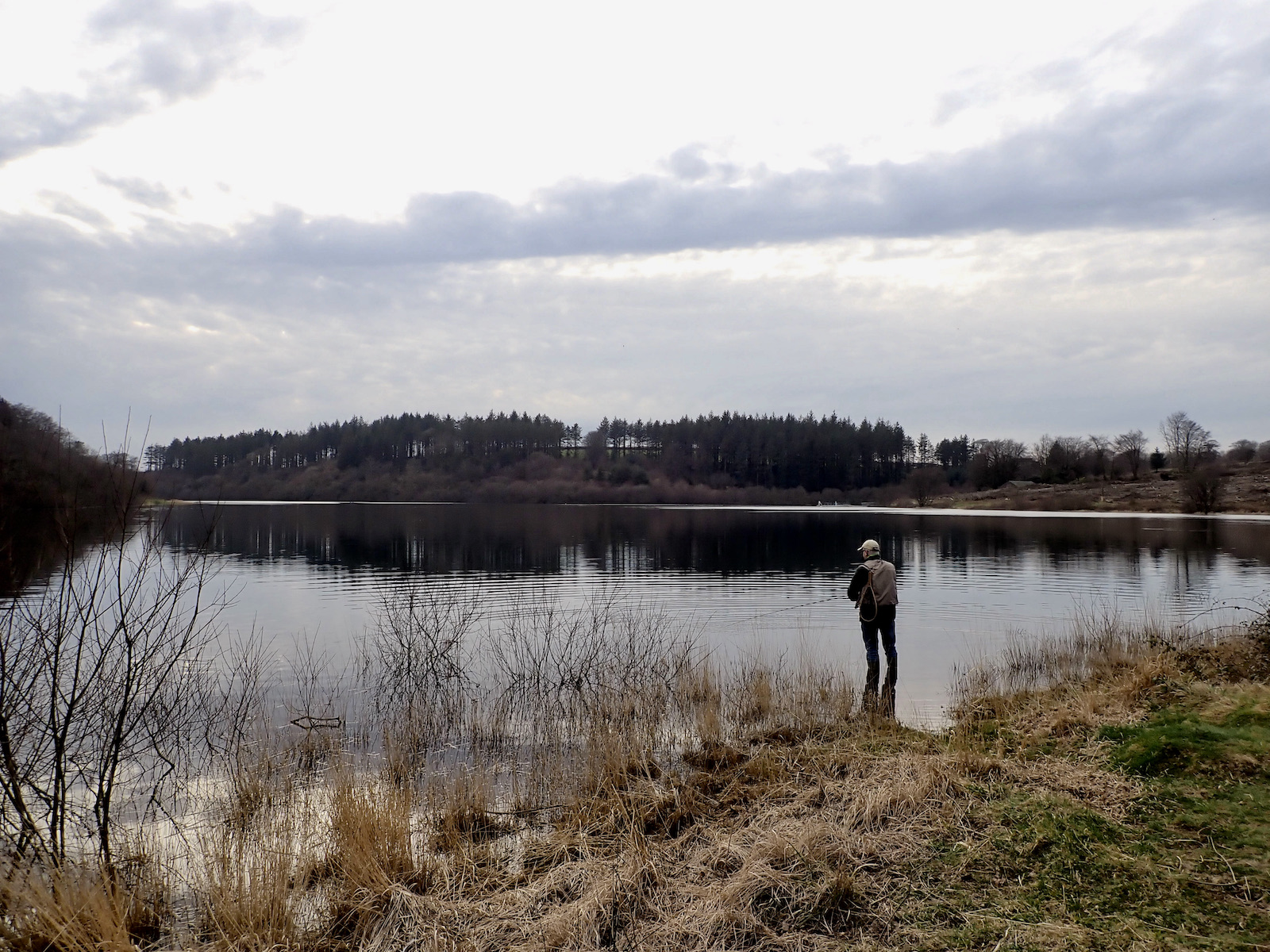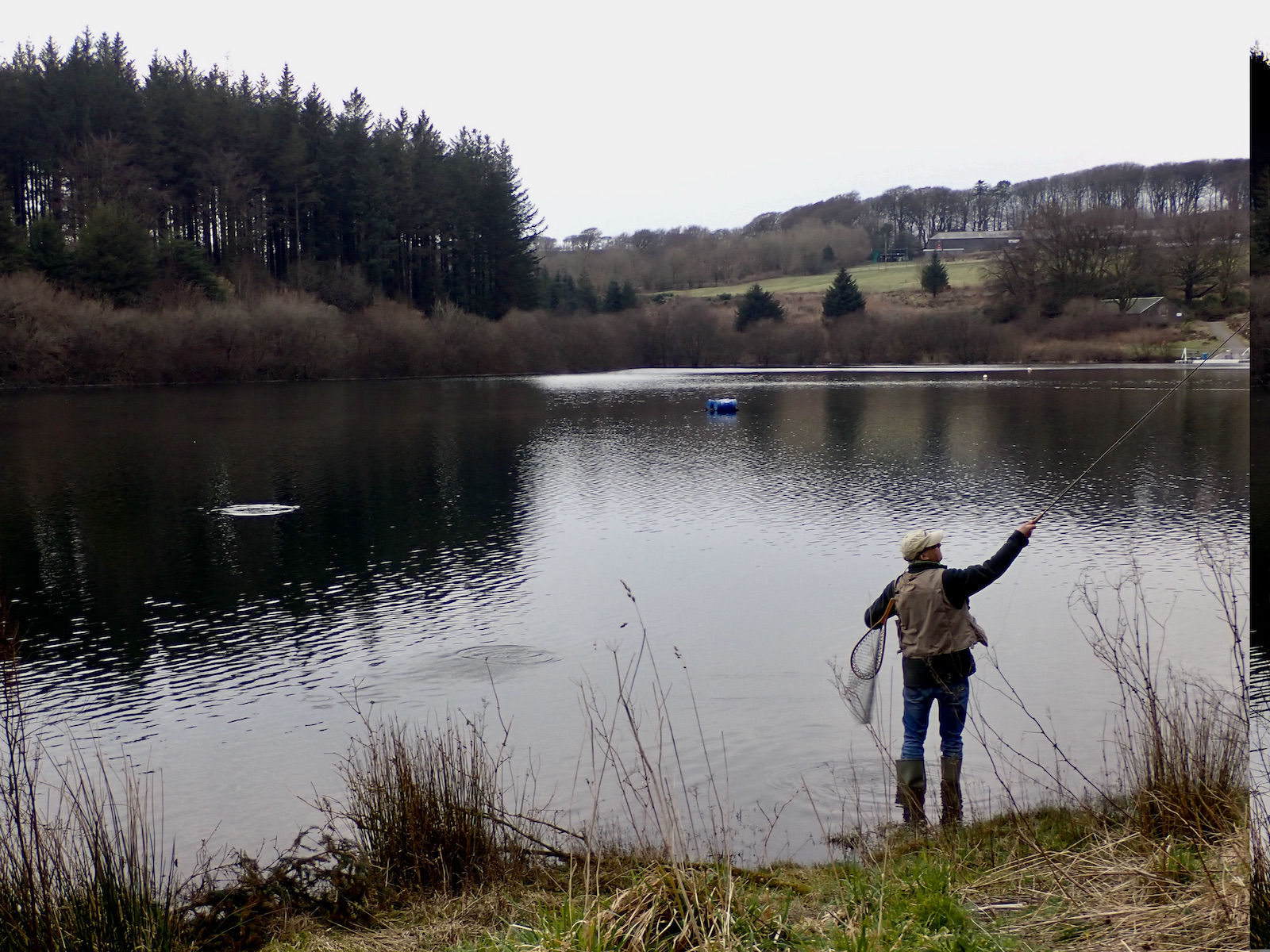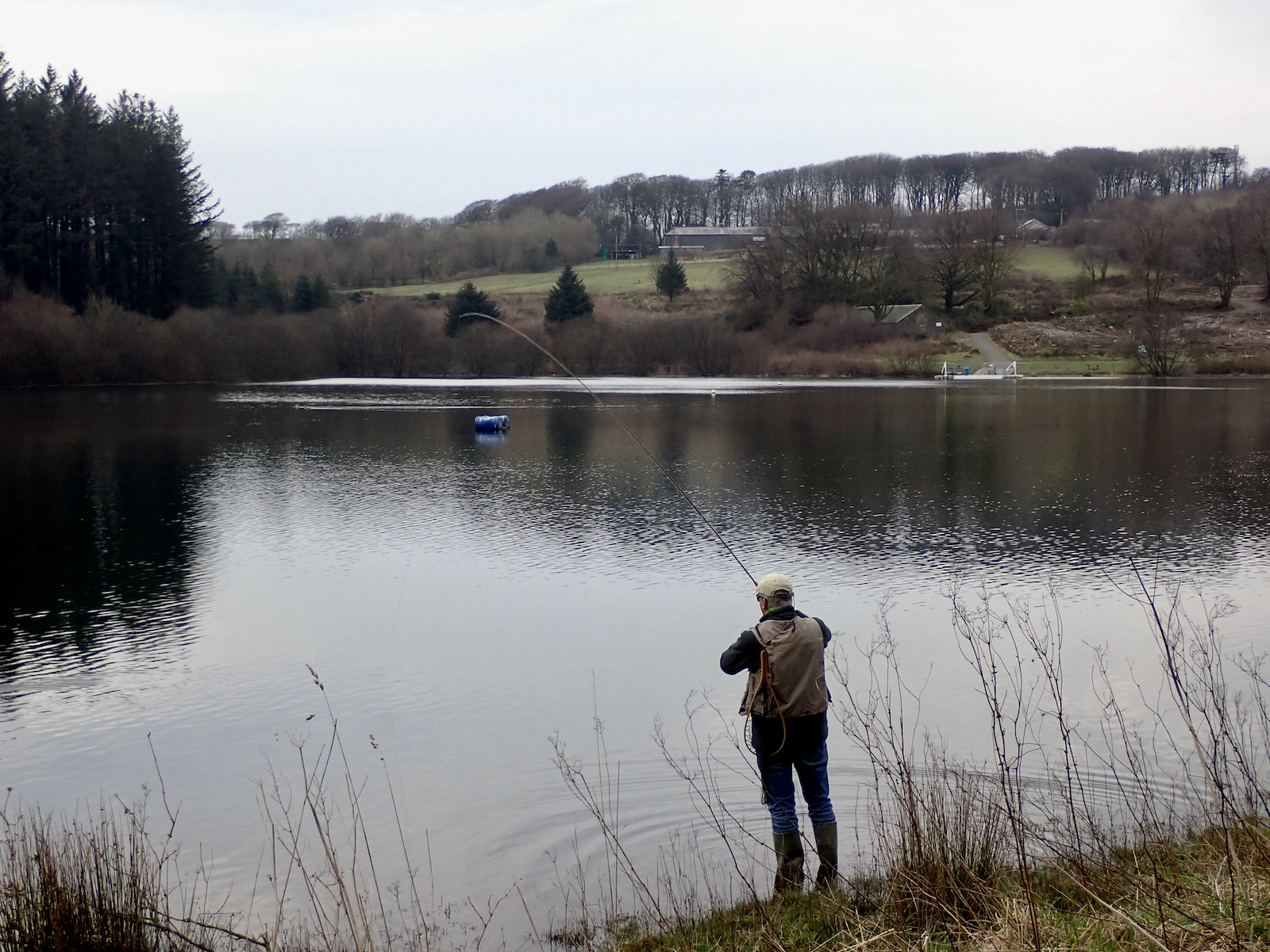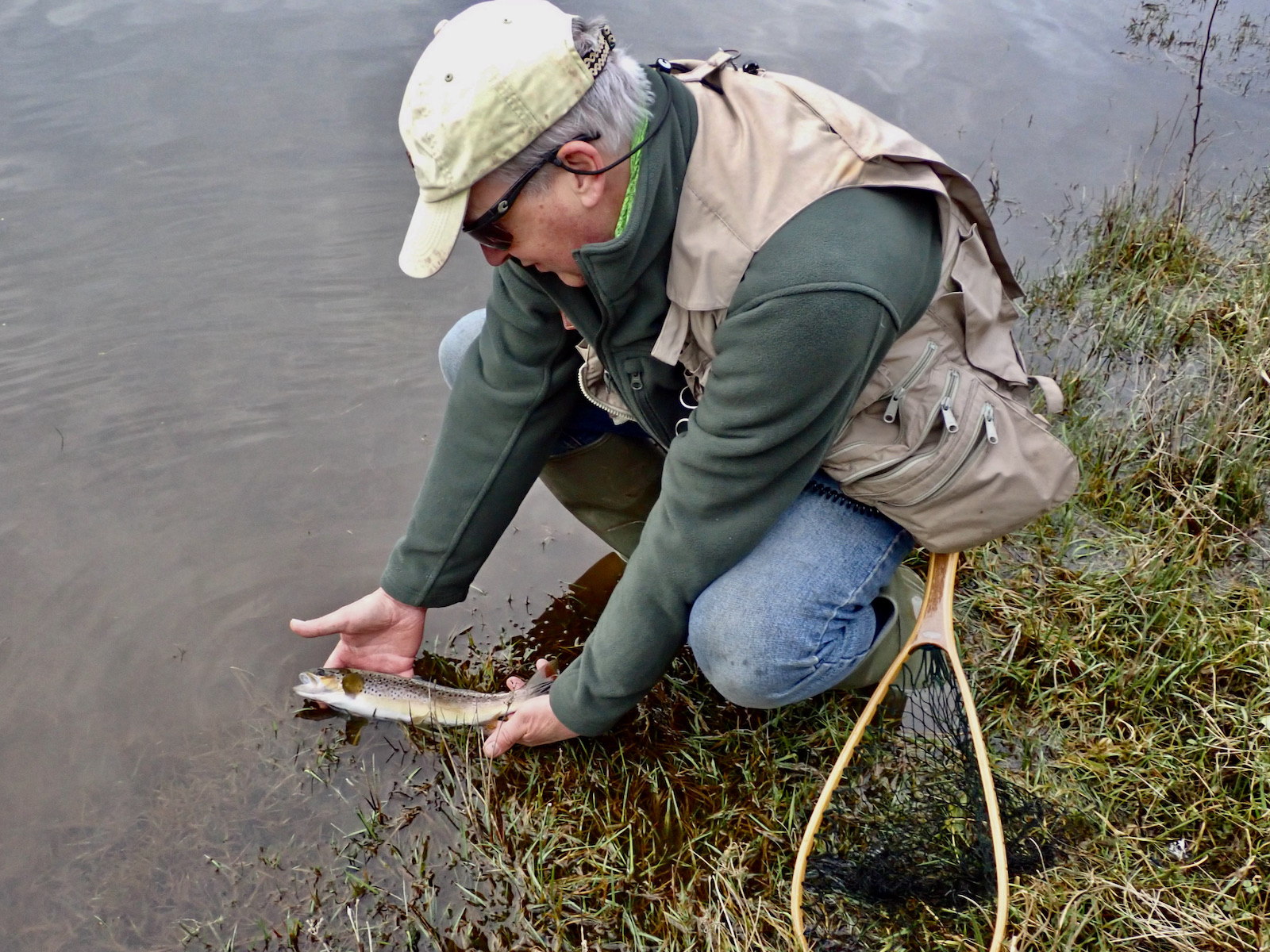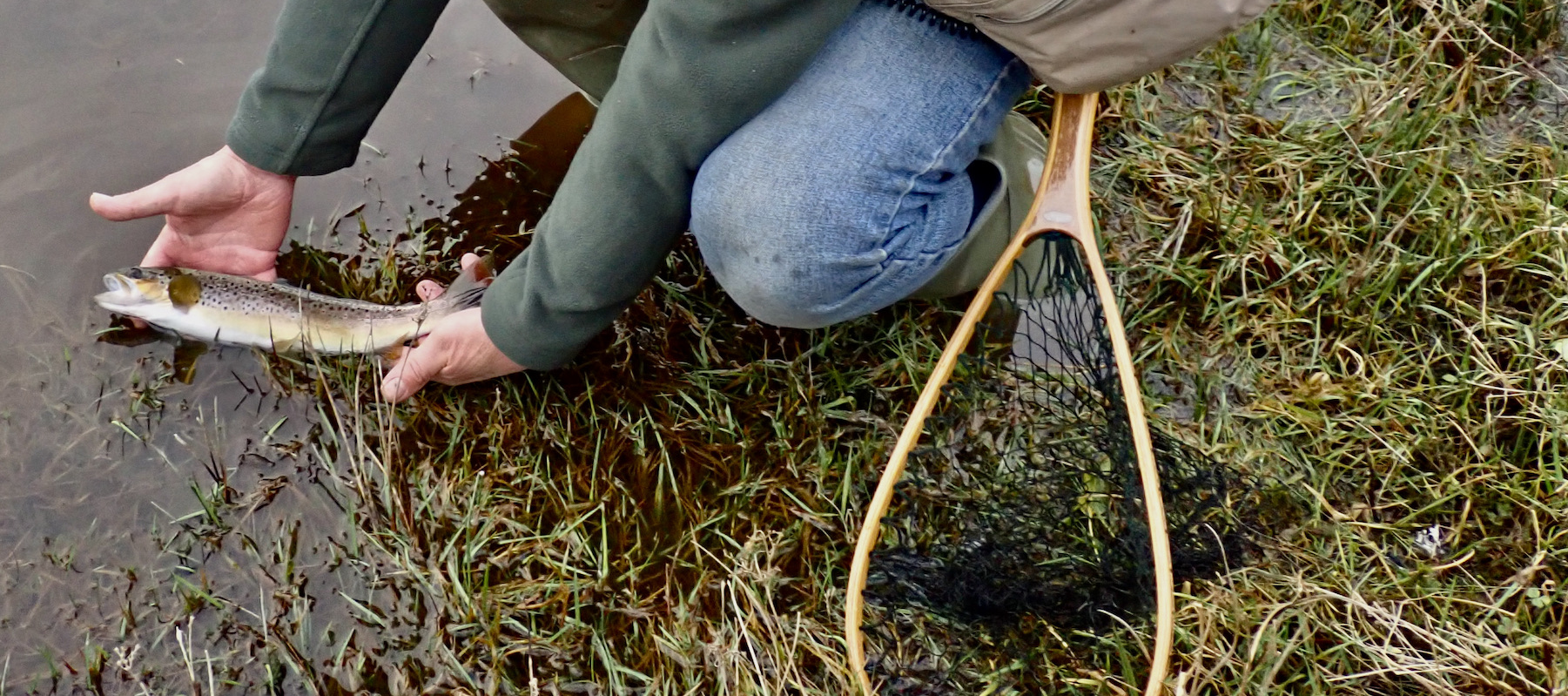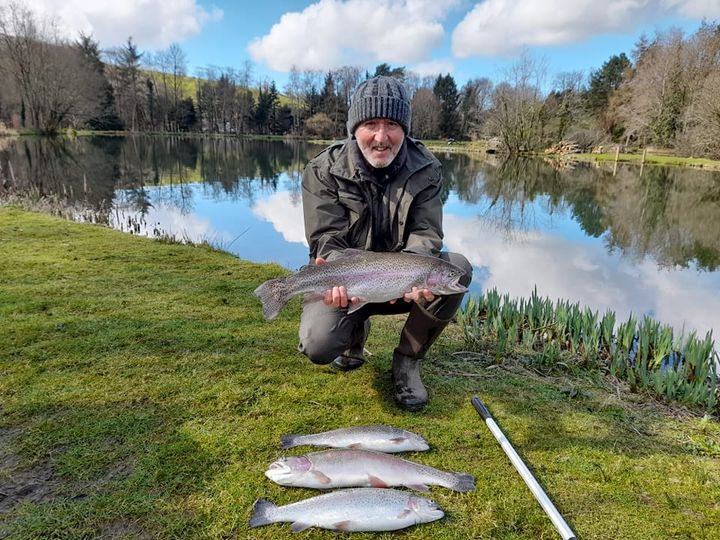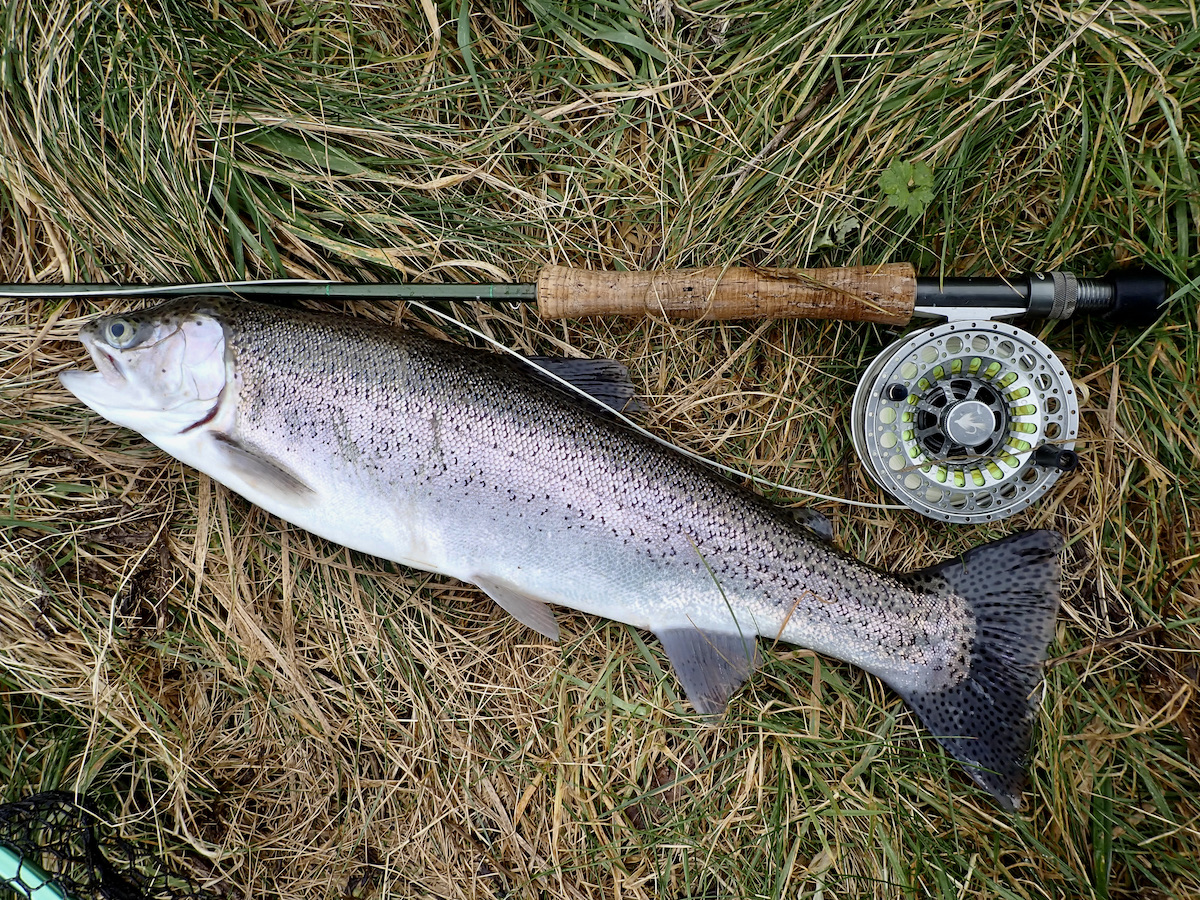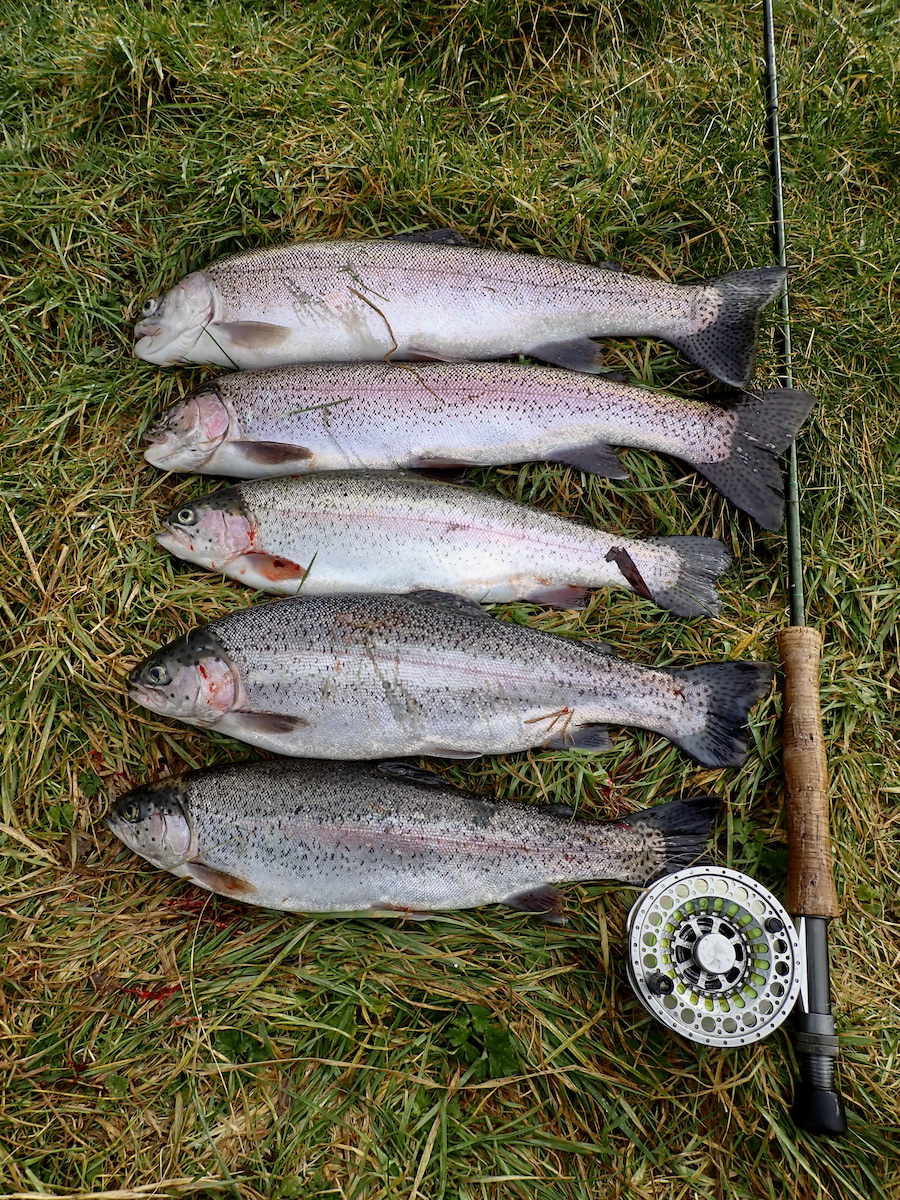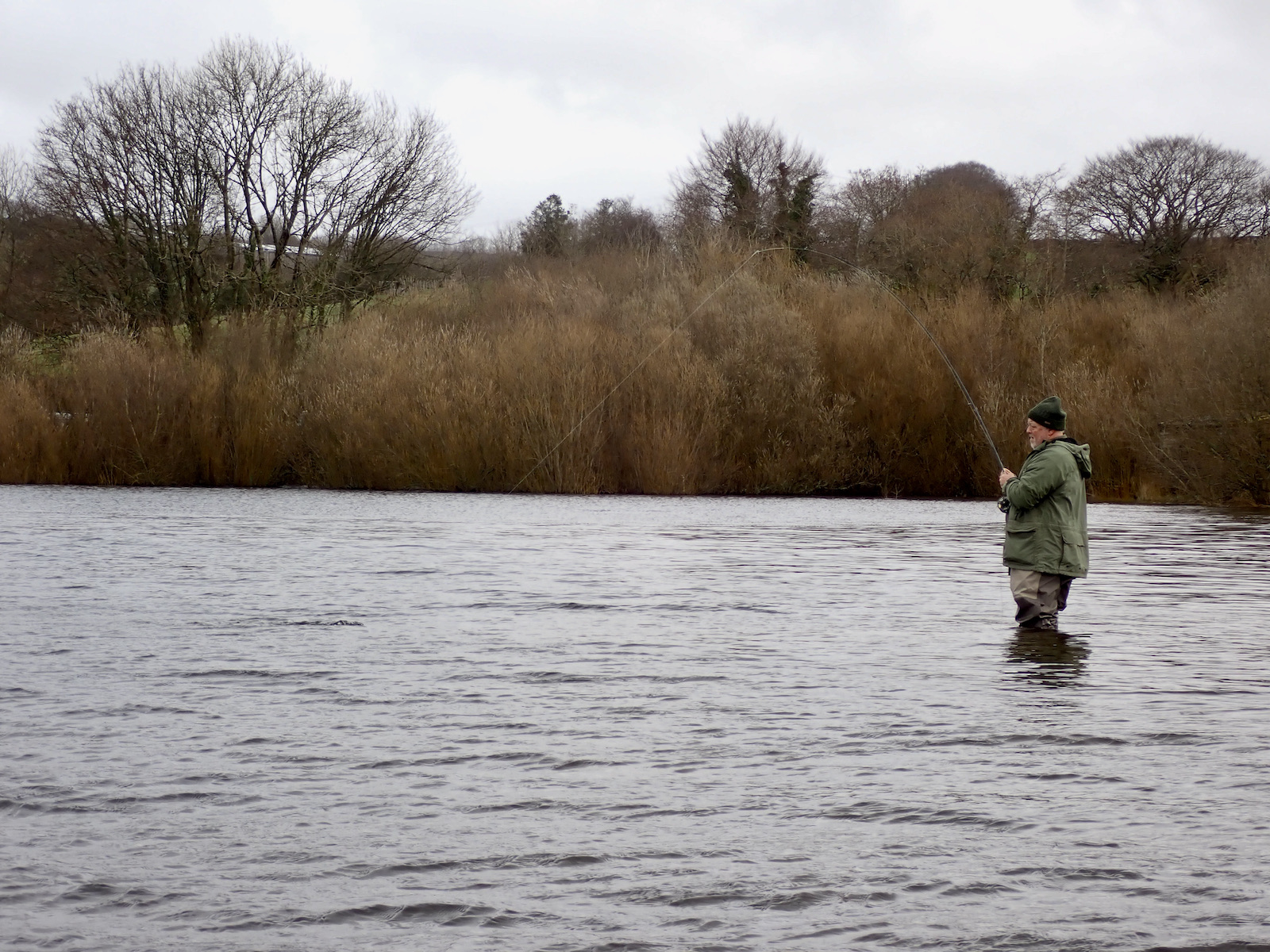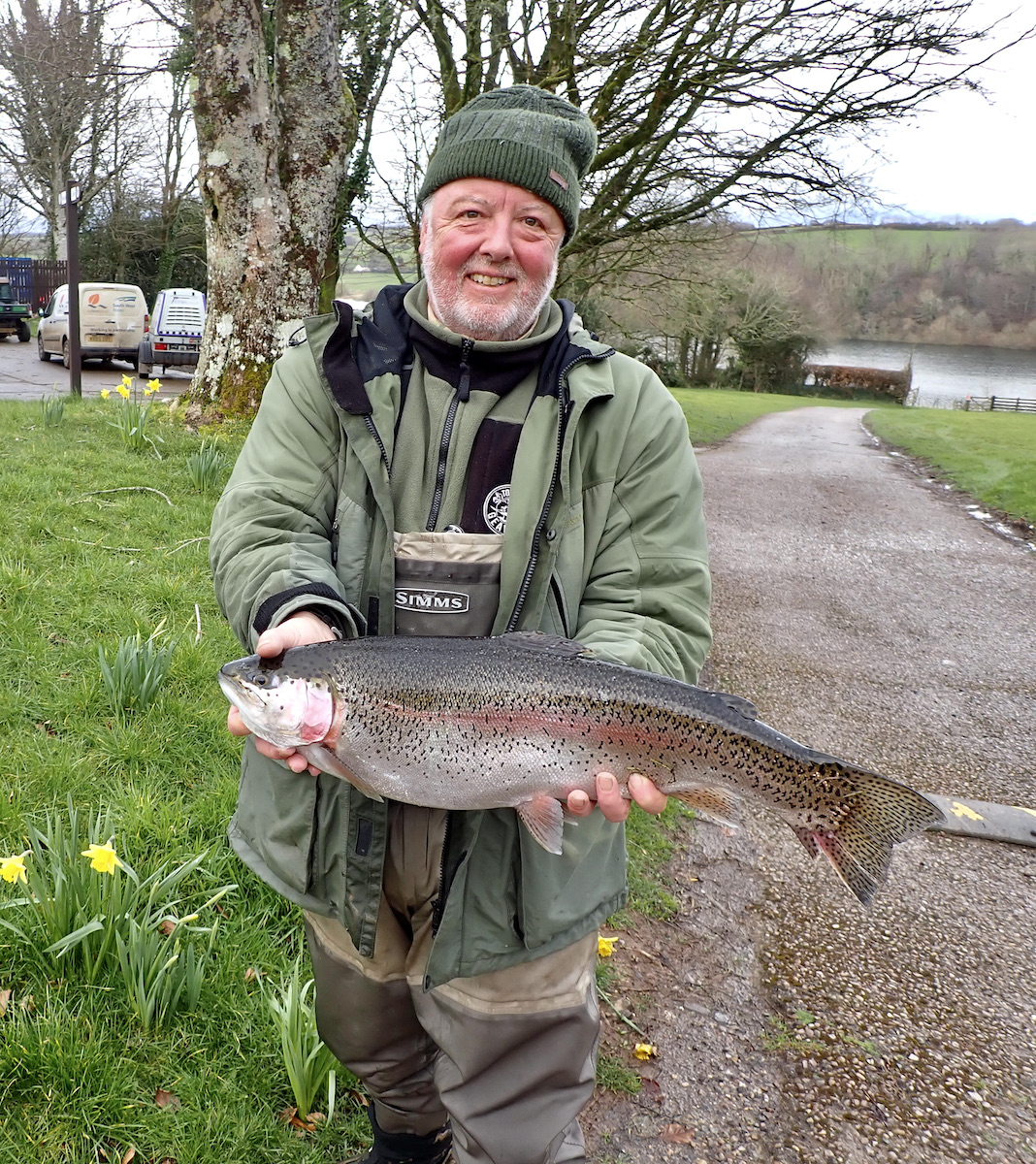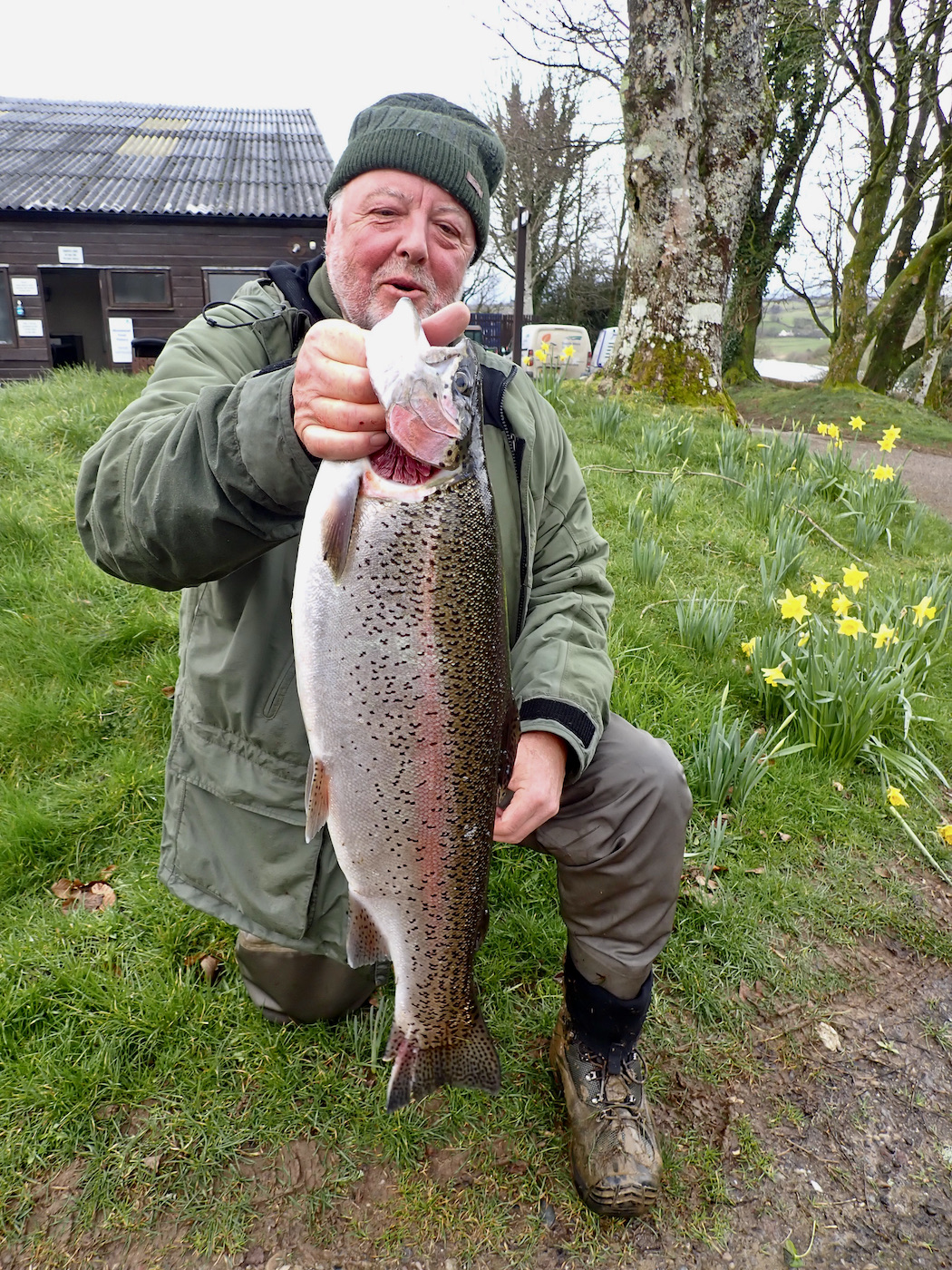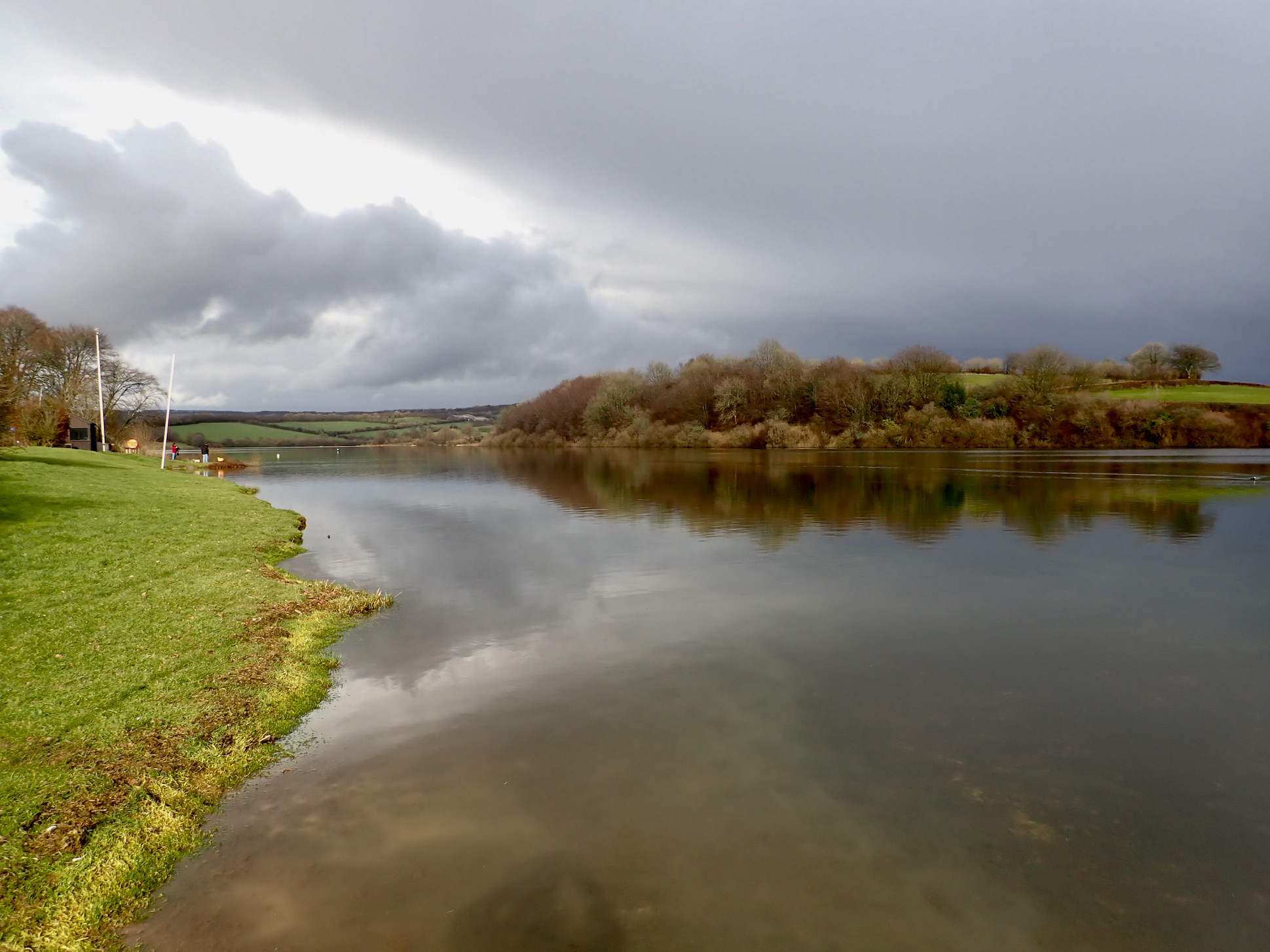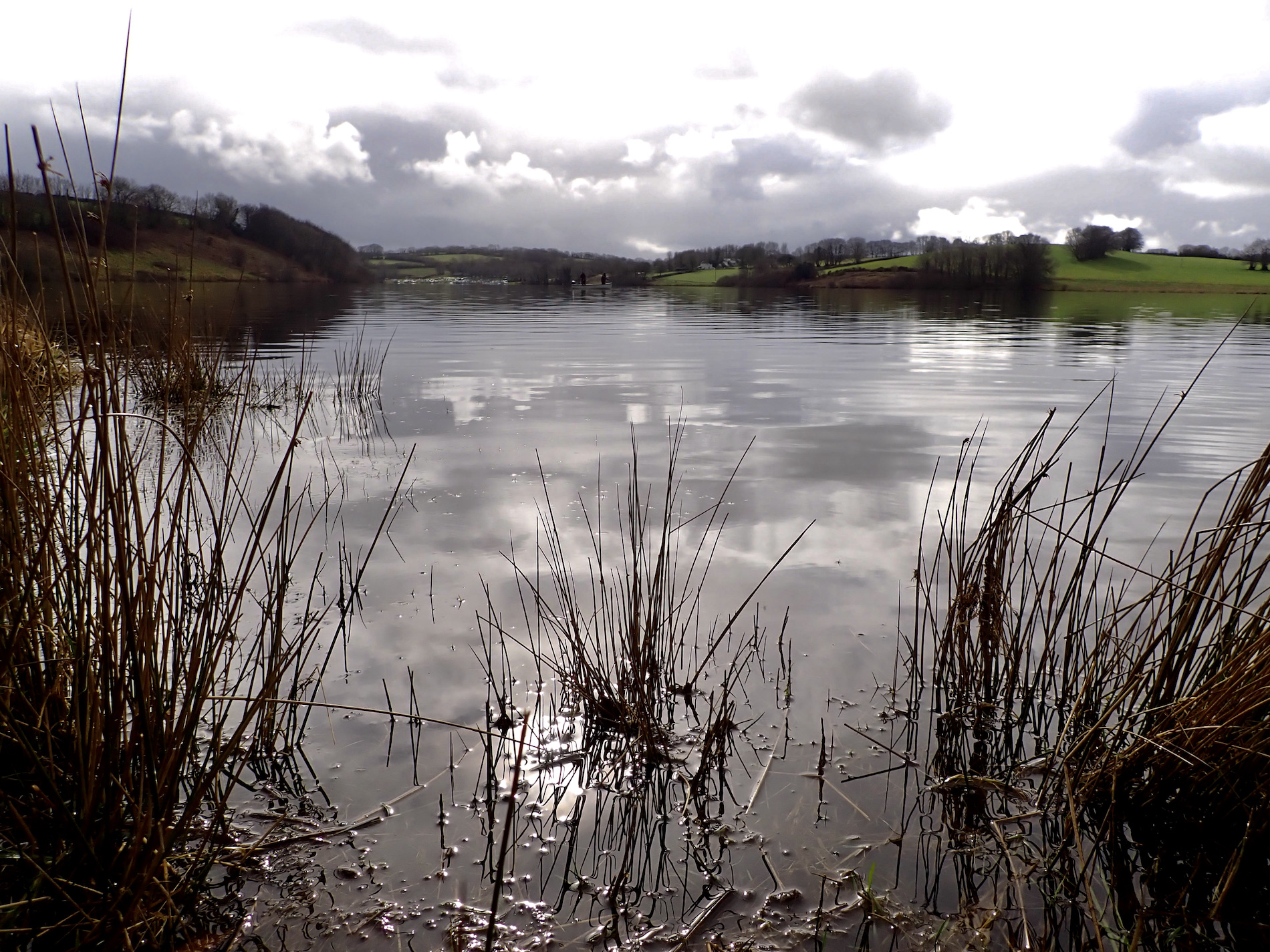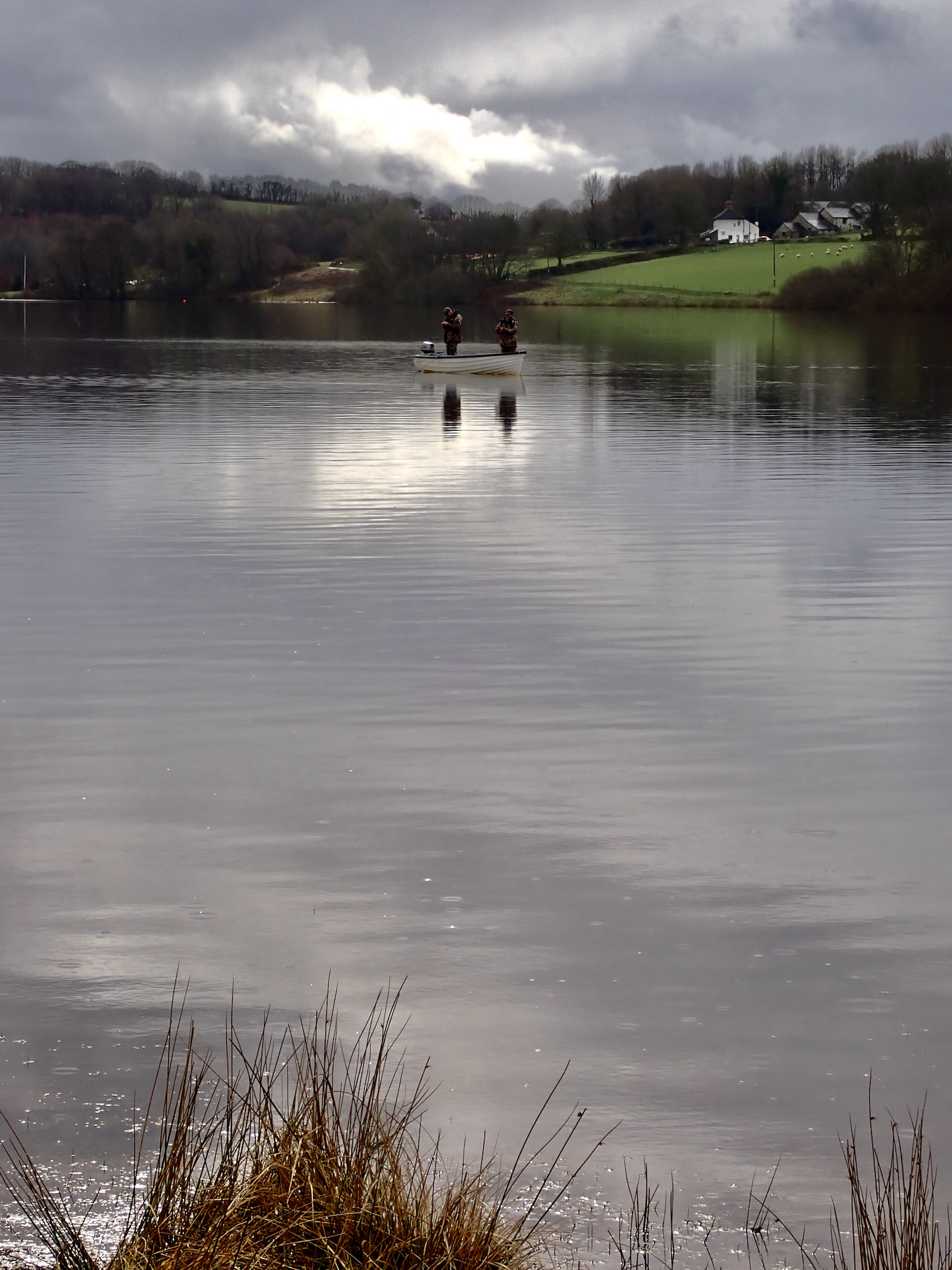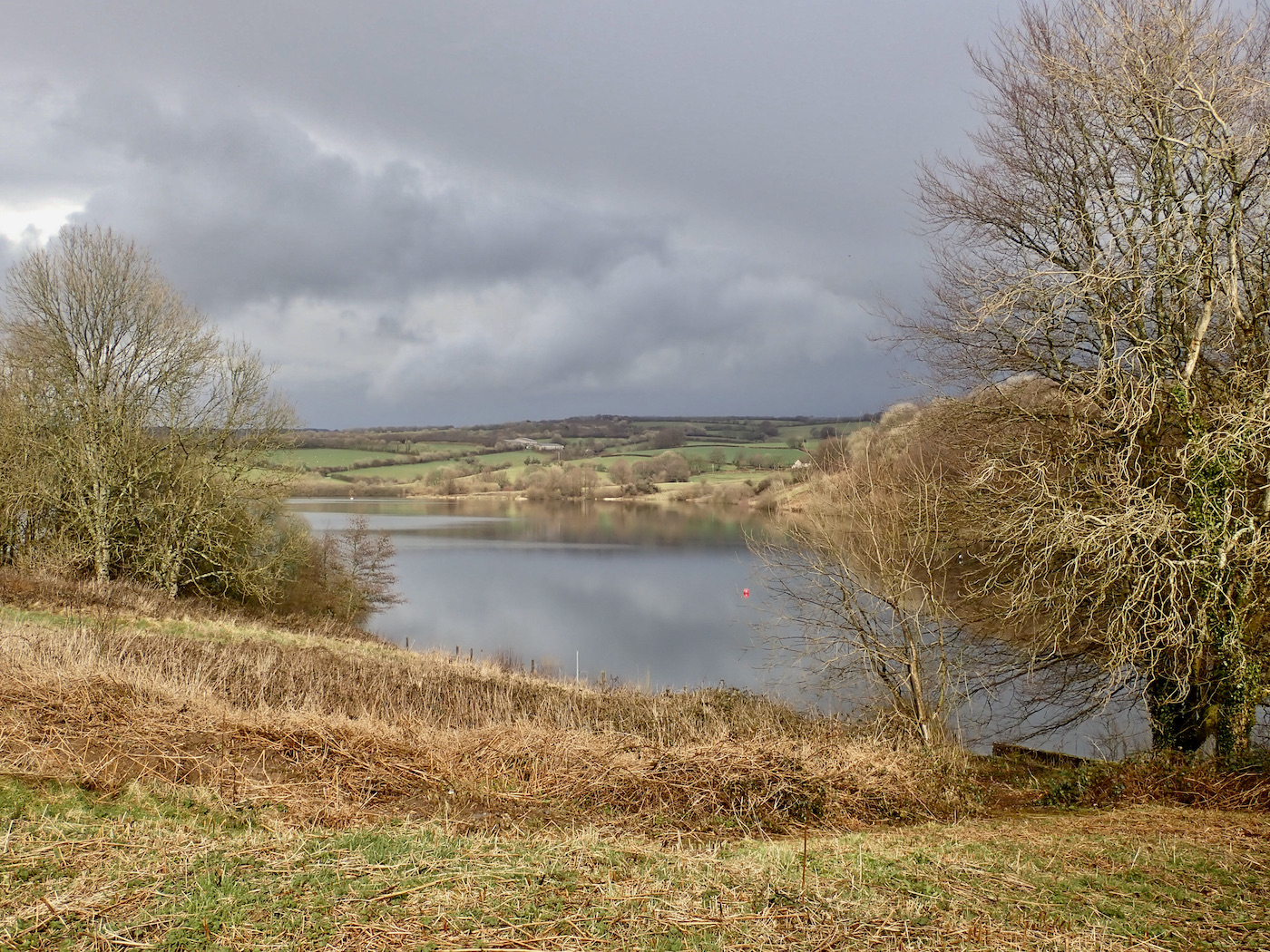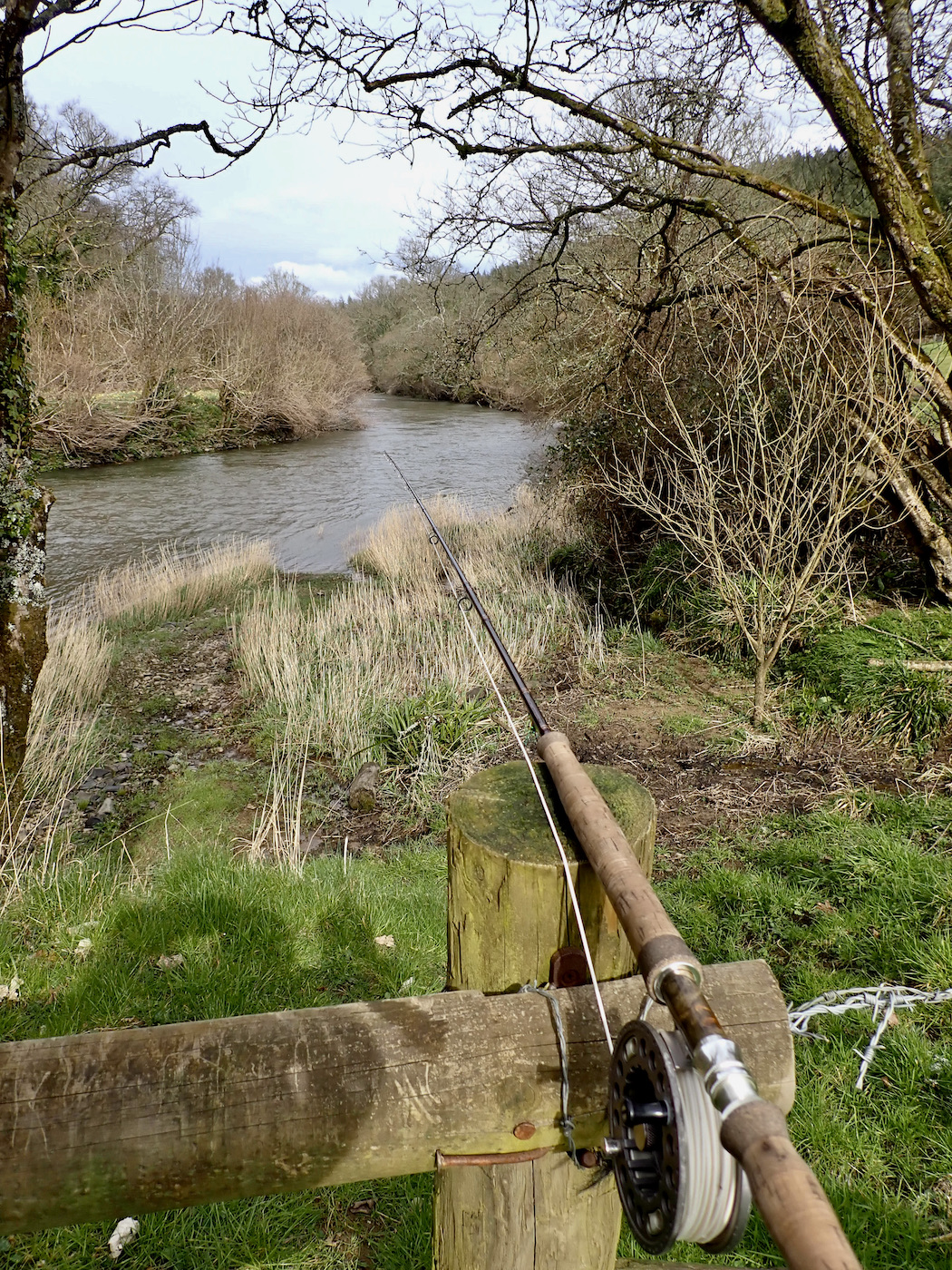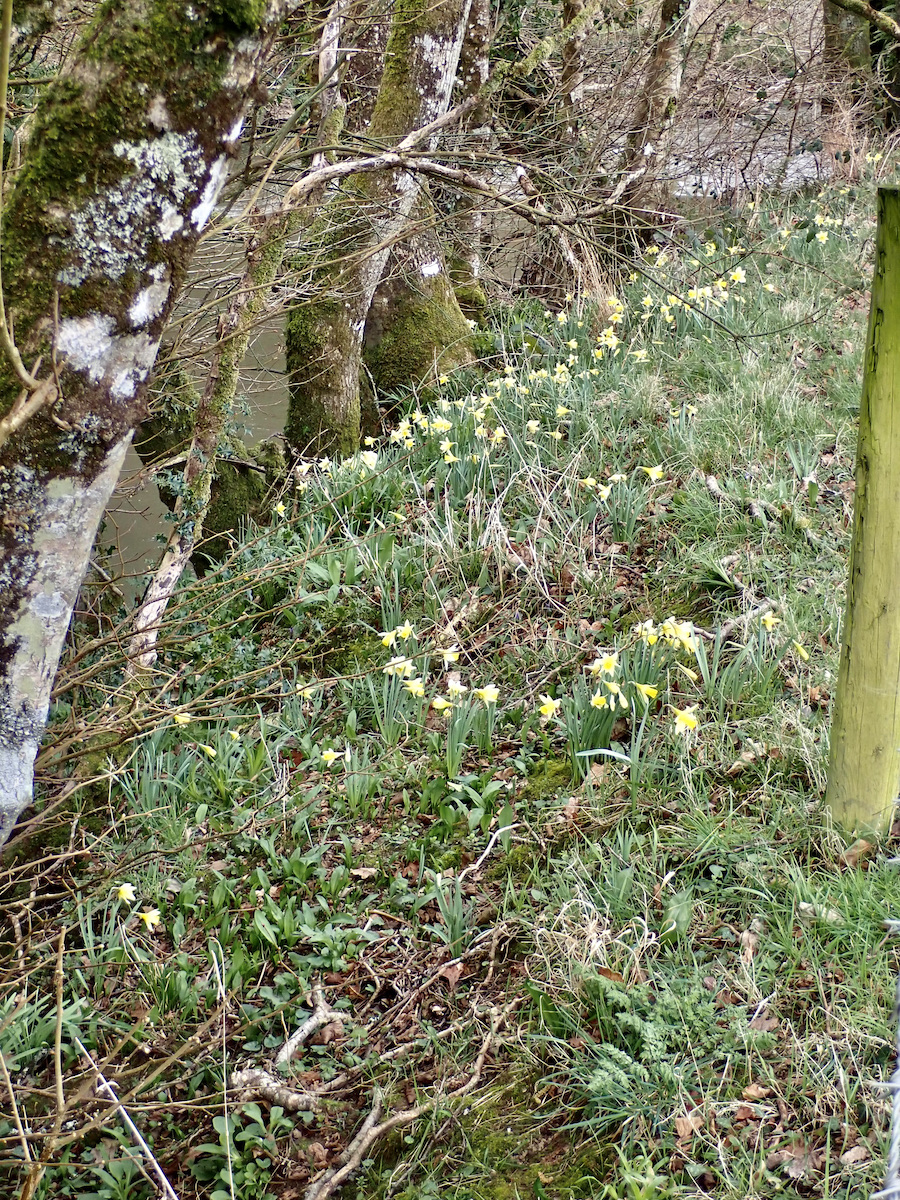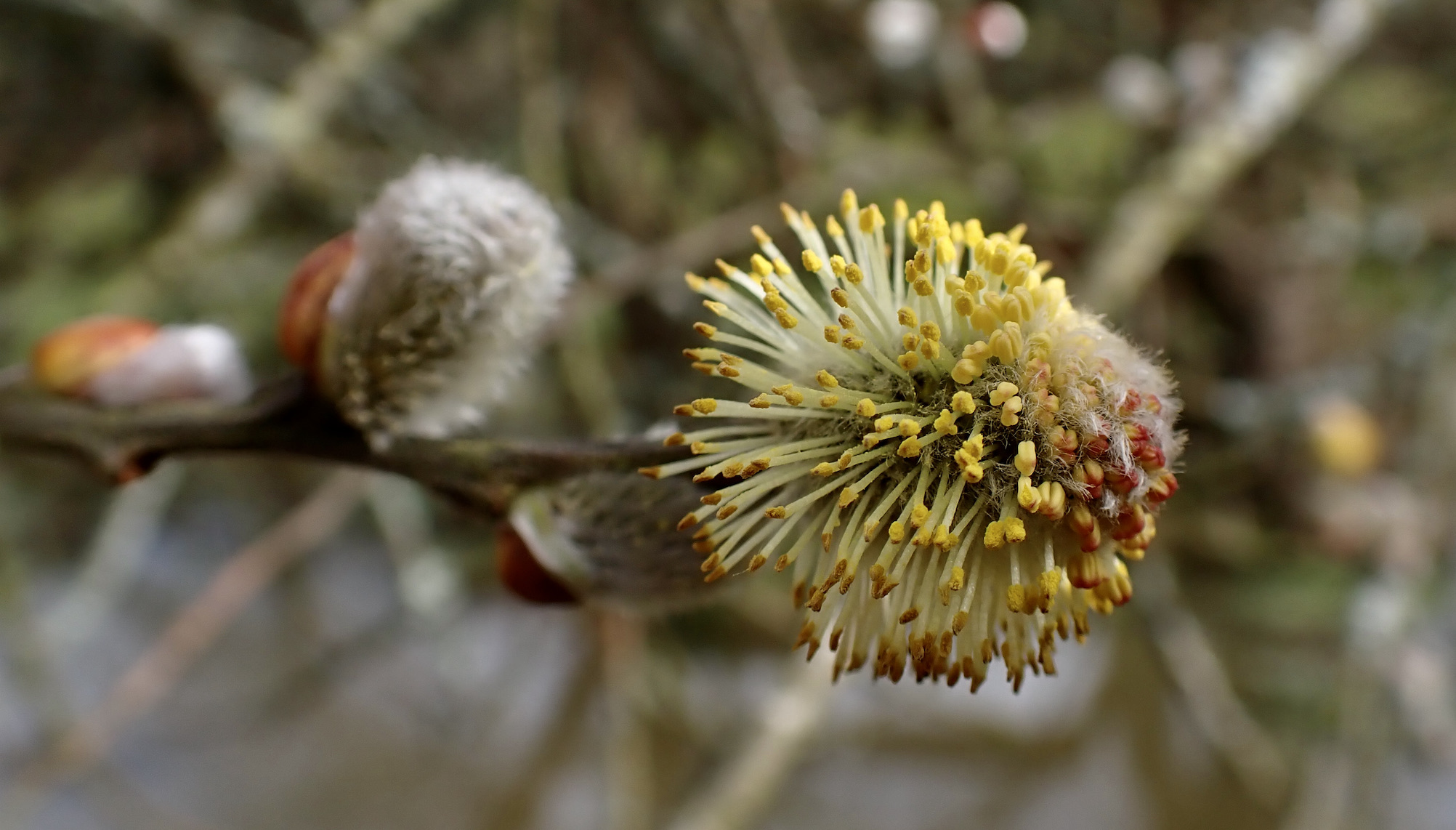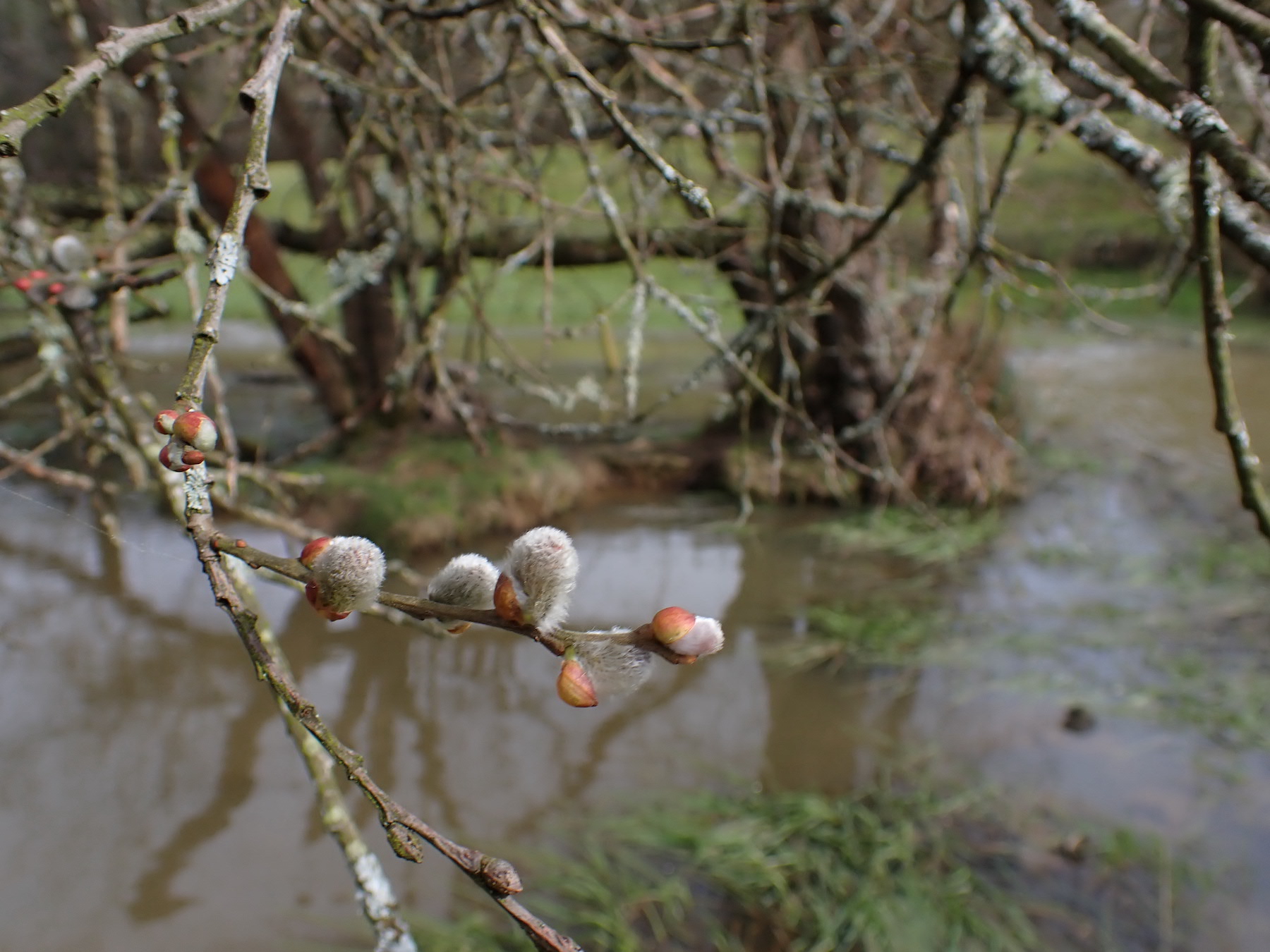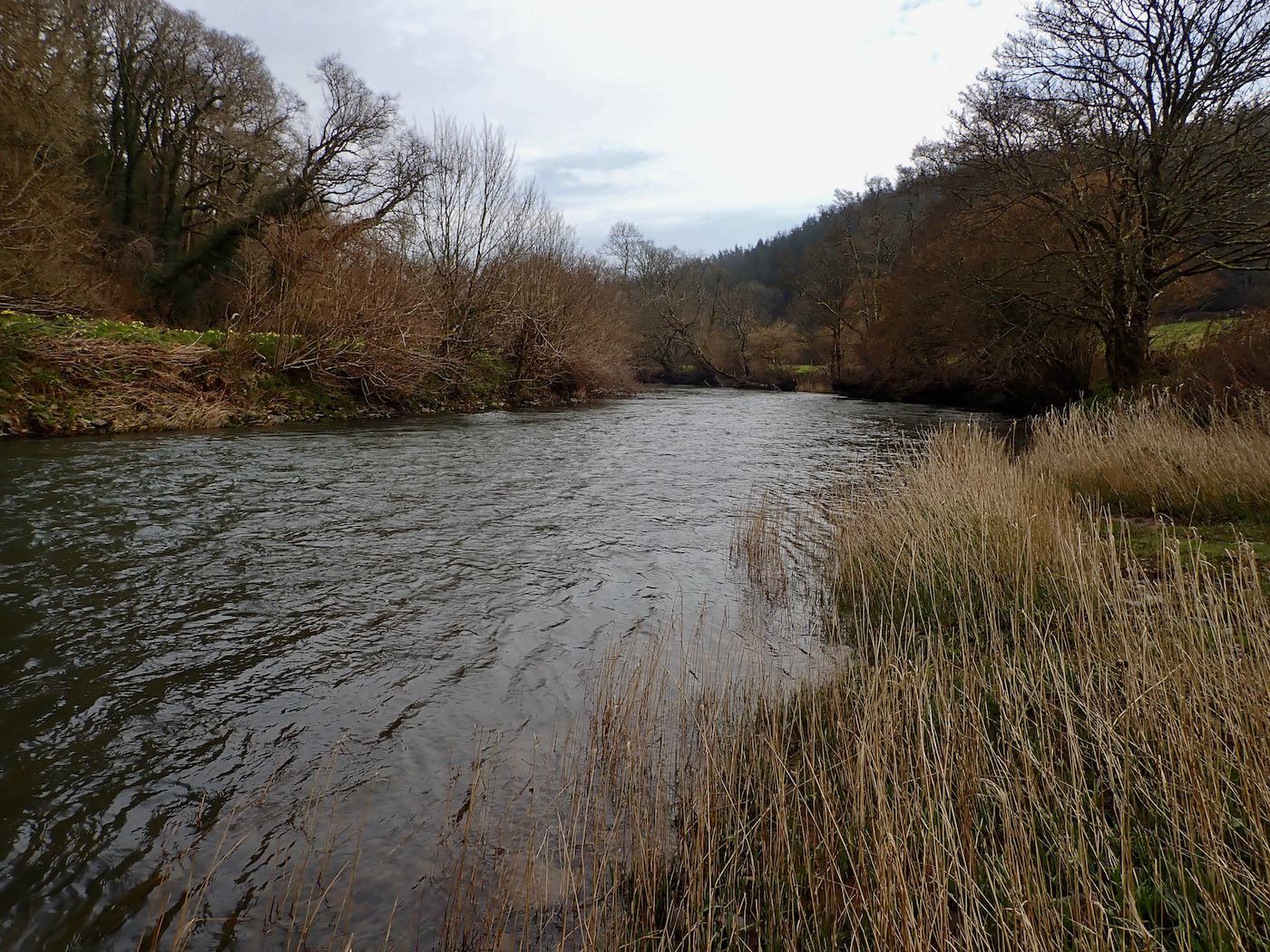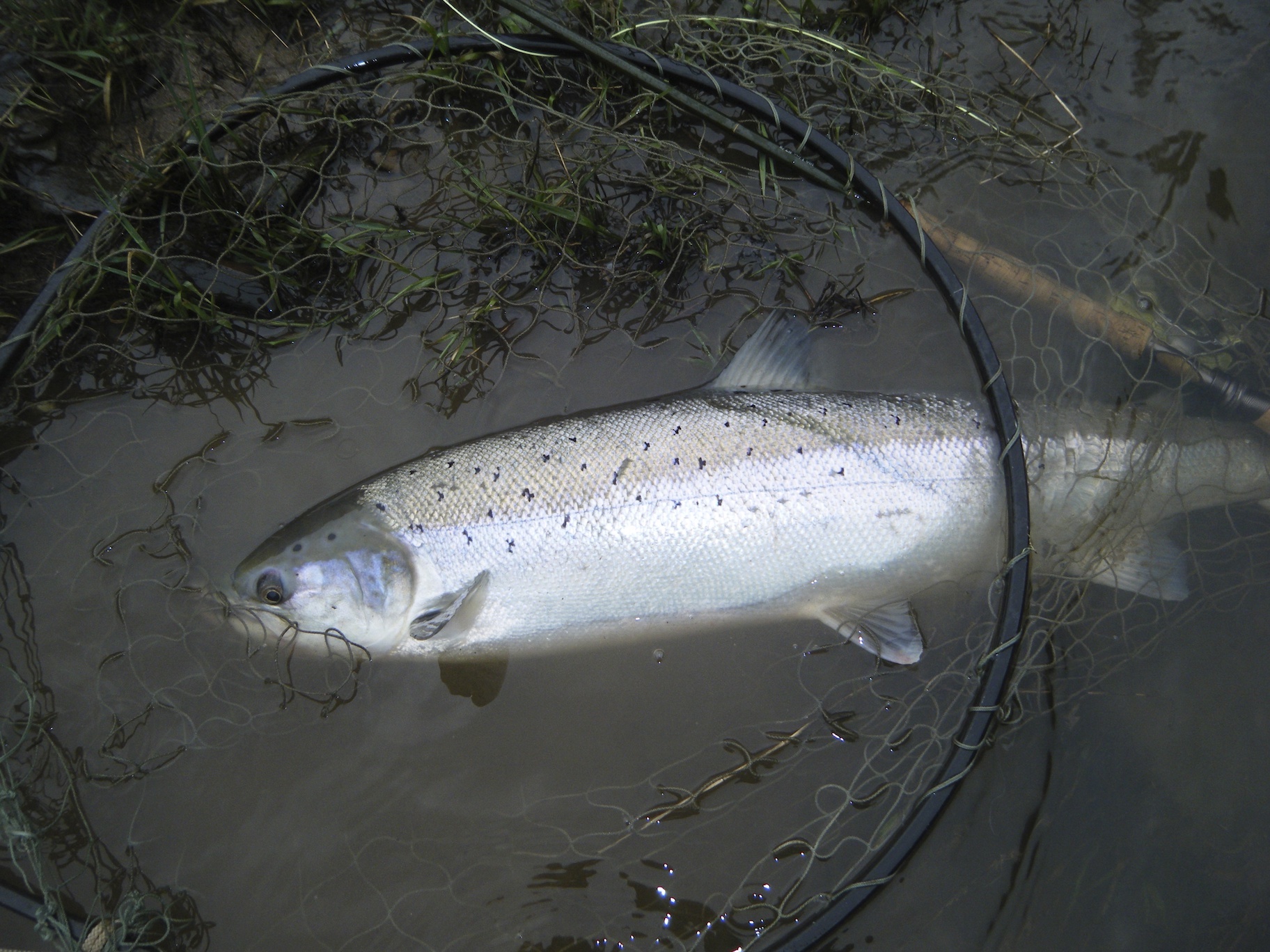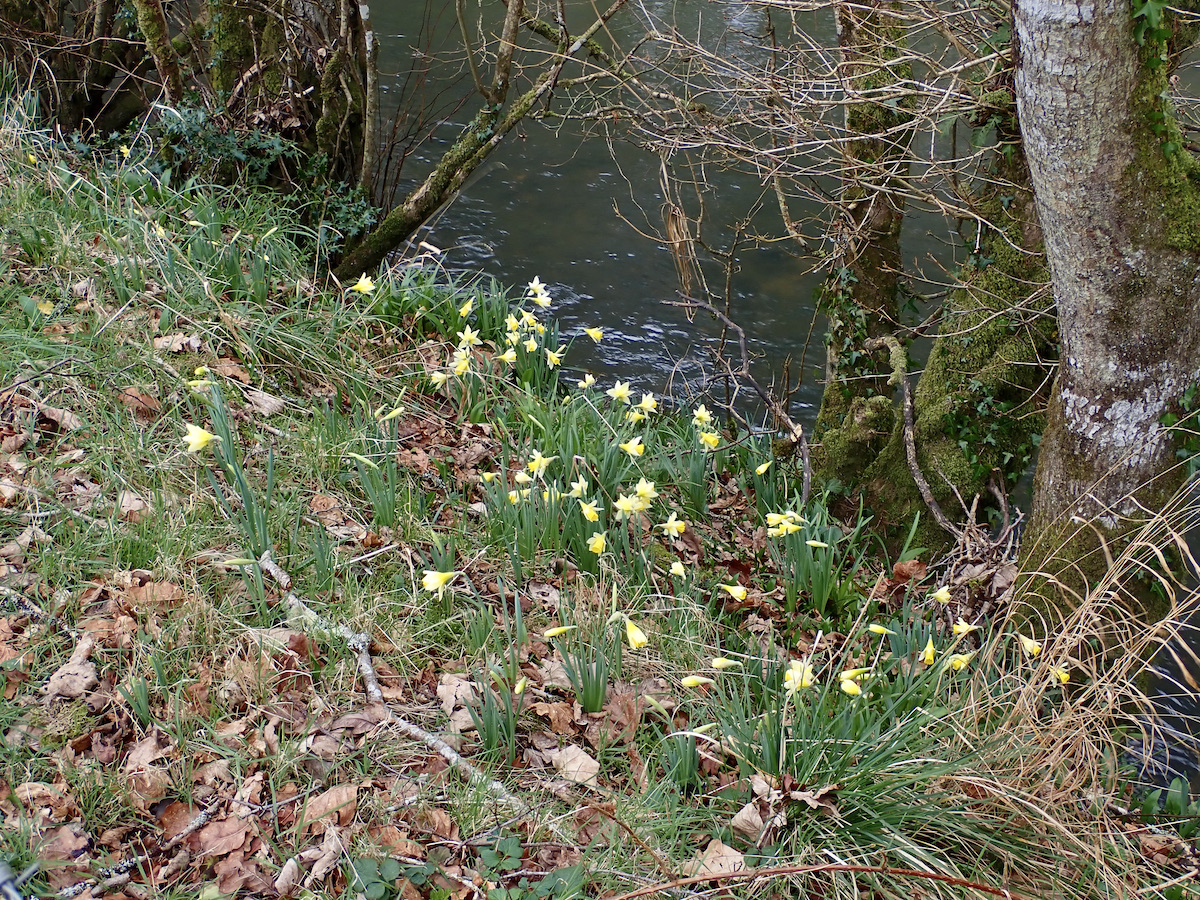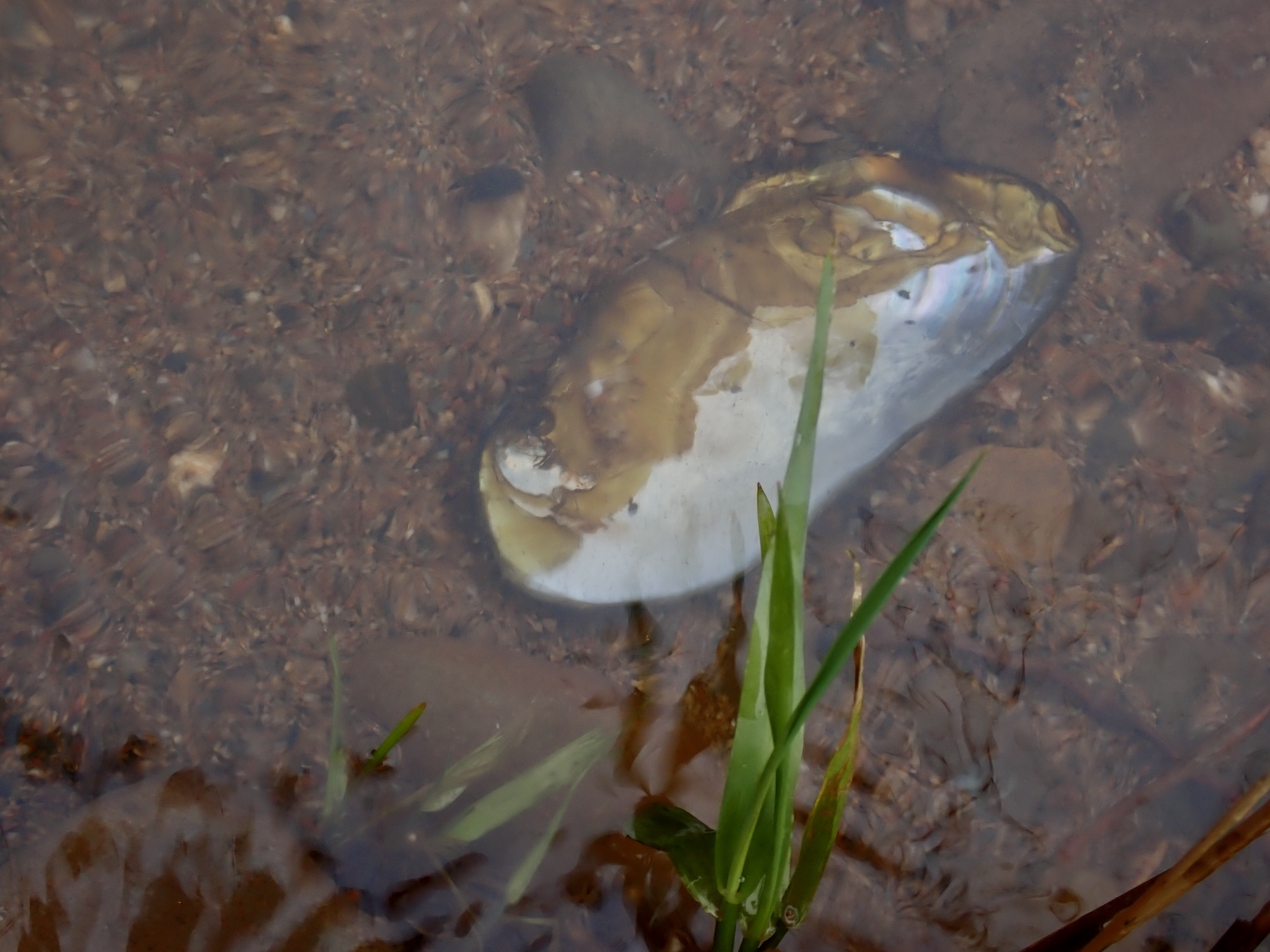South West Lakes Trout Fisheries Report
March 2022
In anticipation of the new trout fishing season, South West Lakes was delighted to be able to offer the return of the popular South West Fly Fair at Roadford Lake on Sunday 6th March, after a year’s absence due to Covid.
Fly fishing enthusiasts from across the region keenly attended the event, which over the years has become an annual fixture in their diaries to herald in the new season. The show’s main sponsor was Chevron Hackles, the local producer of many fine fly tying feathers and accessories.
In addition to Chevron, there were many trade stands and exhibitors, with a wide selection of both new and used tackle and equipment for sale, along with fly tying demonstrations, casting demonstrations and tuition, and the opportunity to try out the latest equipment. Representatives from many local clubs, fisheries, and environmental organisations were on hand with information.
The fair not only caters for trout anglers, with enthusiasts for salmon, saltwater, pike, and grayling also represented. The event was opened by the fair’s patron, Charles Jardine, who then proceeded to give casting and fly tying demonstrations in his own inimitable, skilful and humorous fashion throughout the day, as well as a fish preparation and cookery demonstration.
A major part of the fair has always been the opportunity to catch up with old friends and fishing colleagues, and to enthuse about the opportunities for the upcoming season, and this year was no exception. Show organiser Dil Singh was delighted with the way that the first fly fair that he has been involved with turned out, and is already anticipating a bigger and better fair for 2023.
